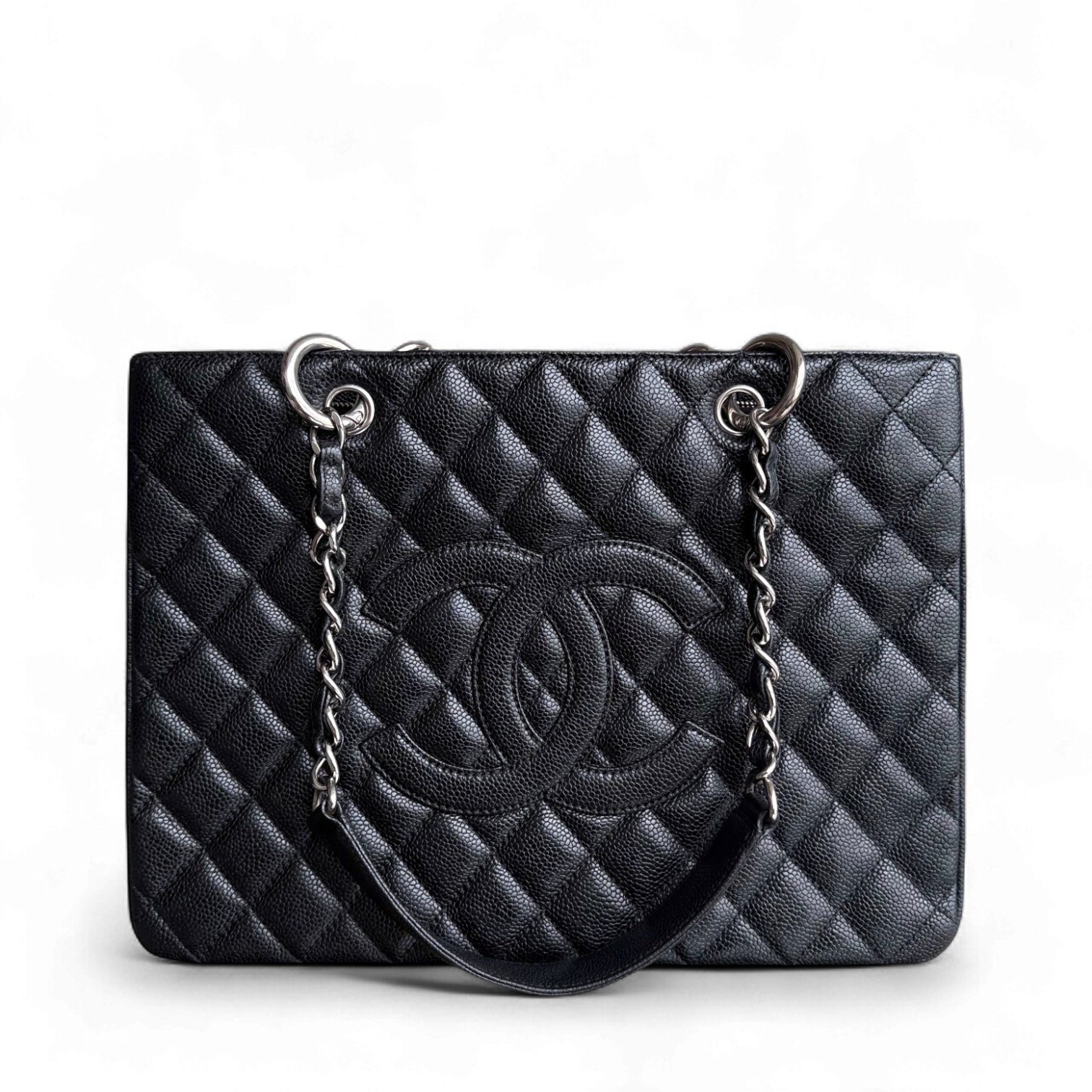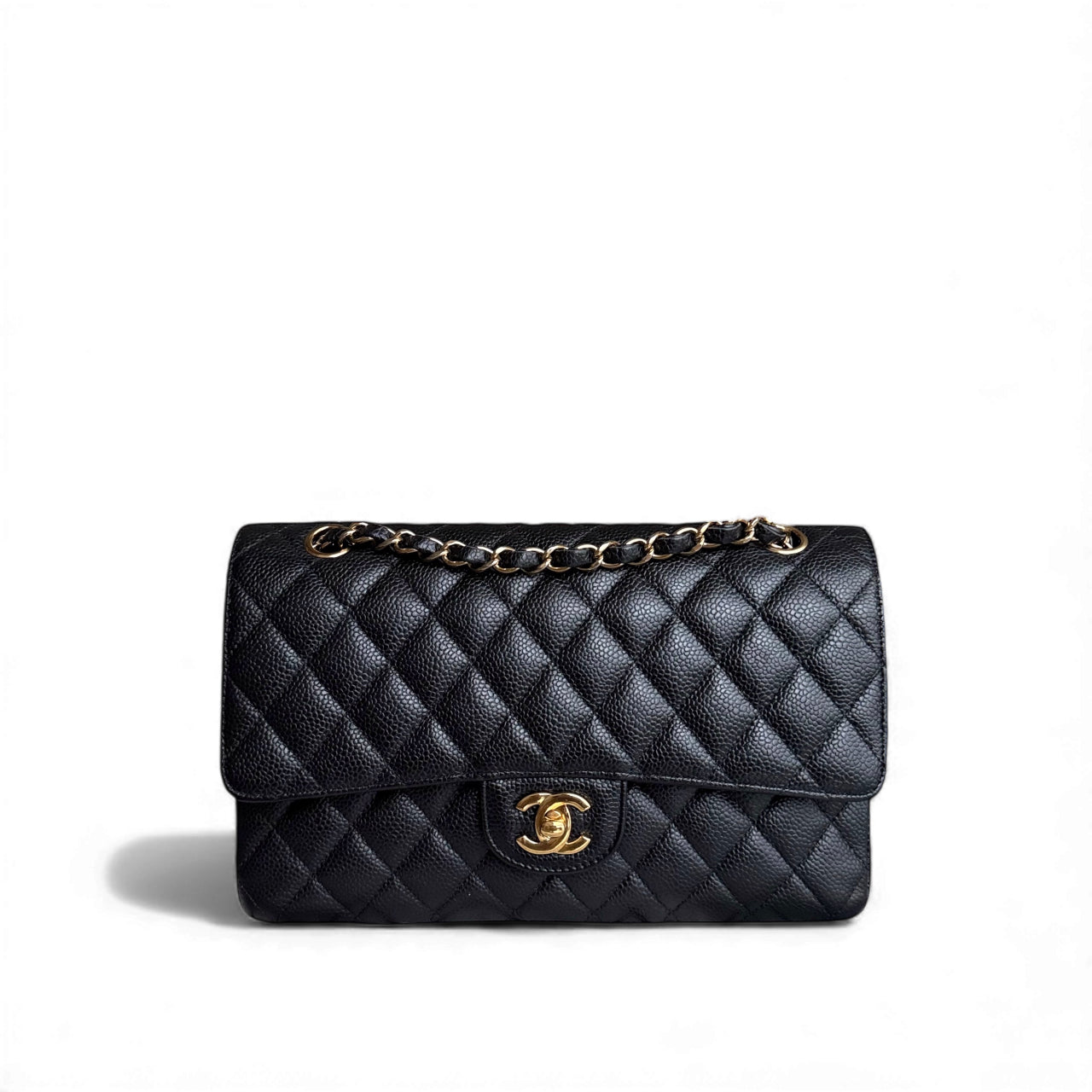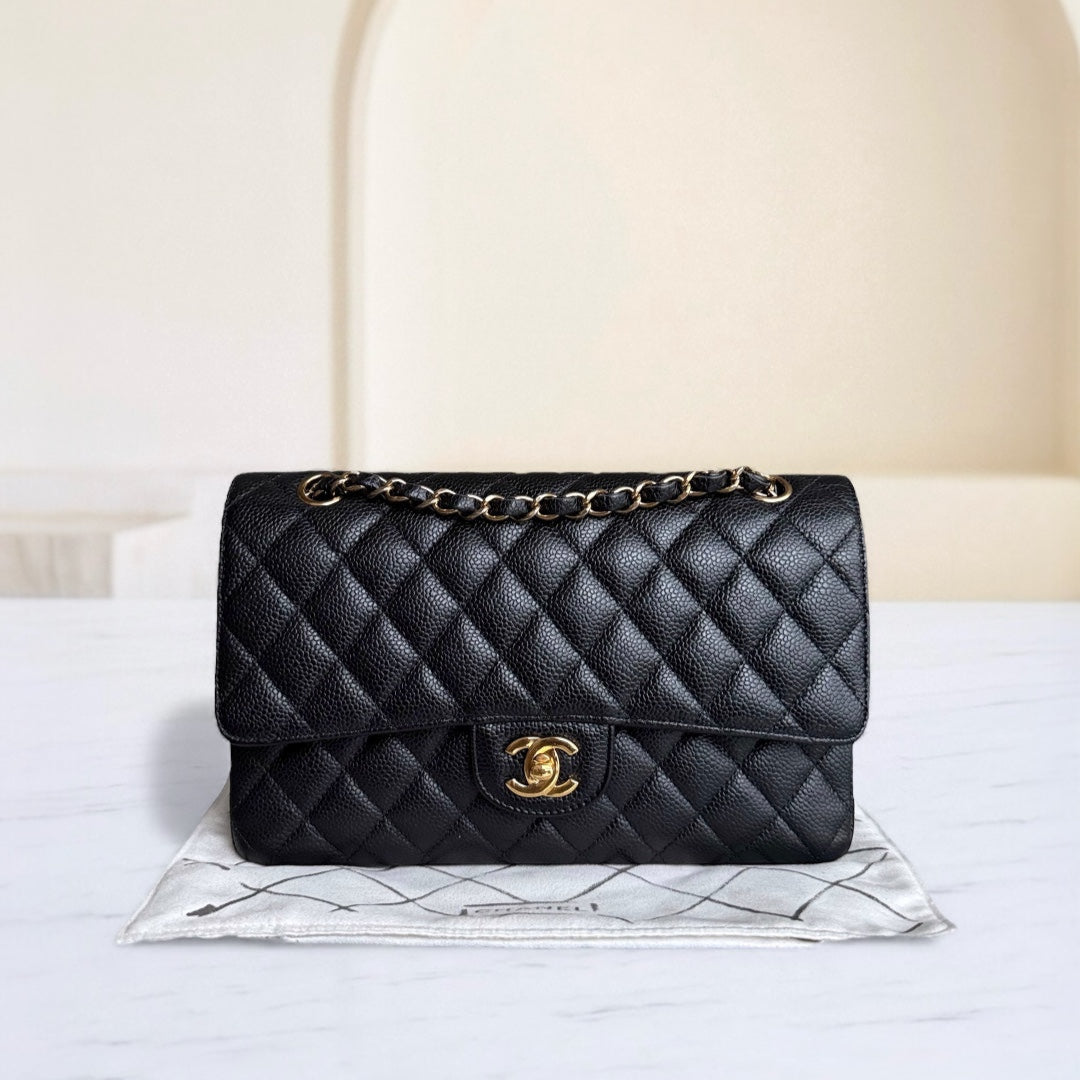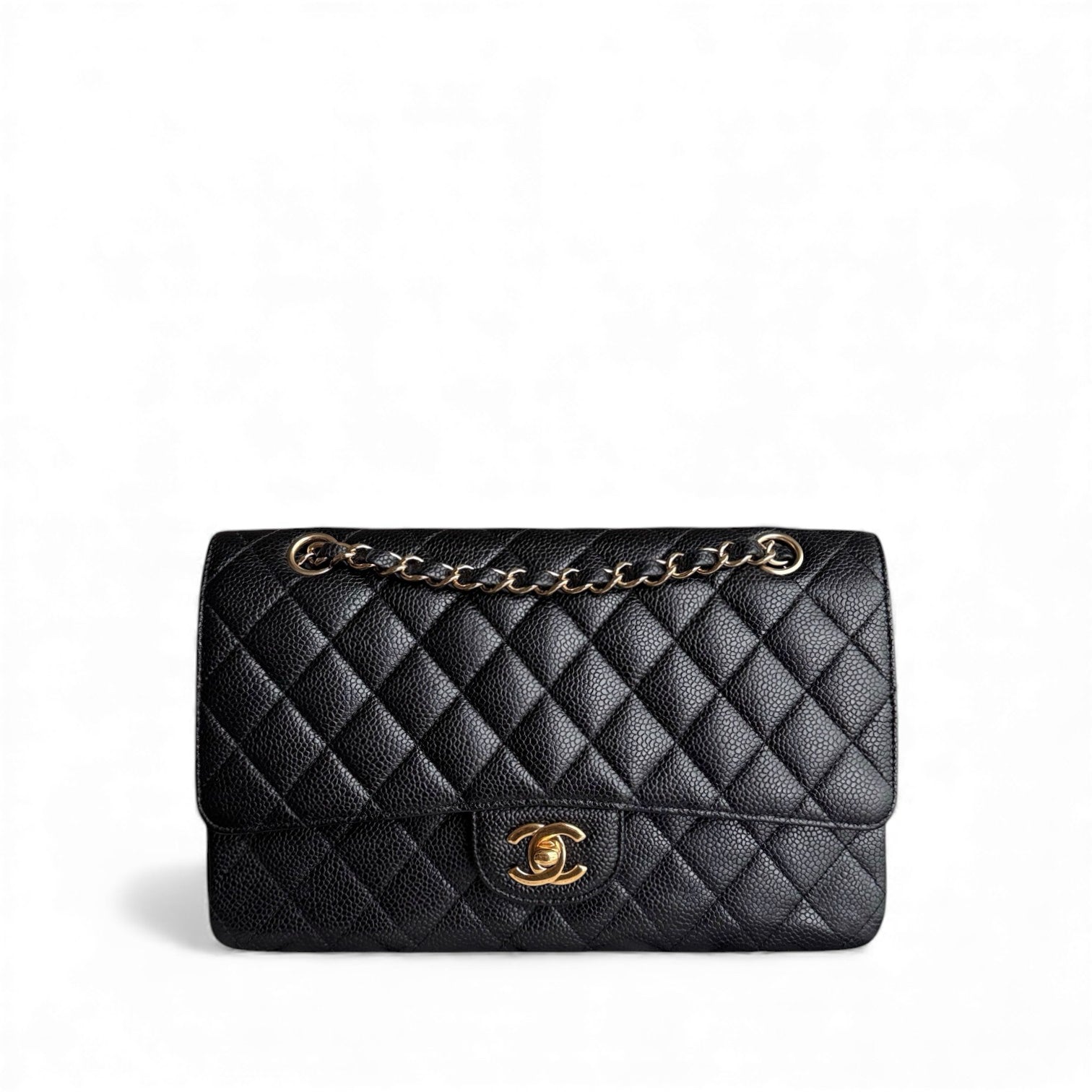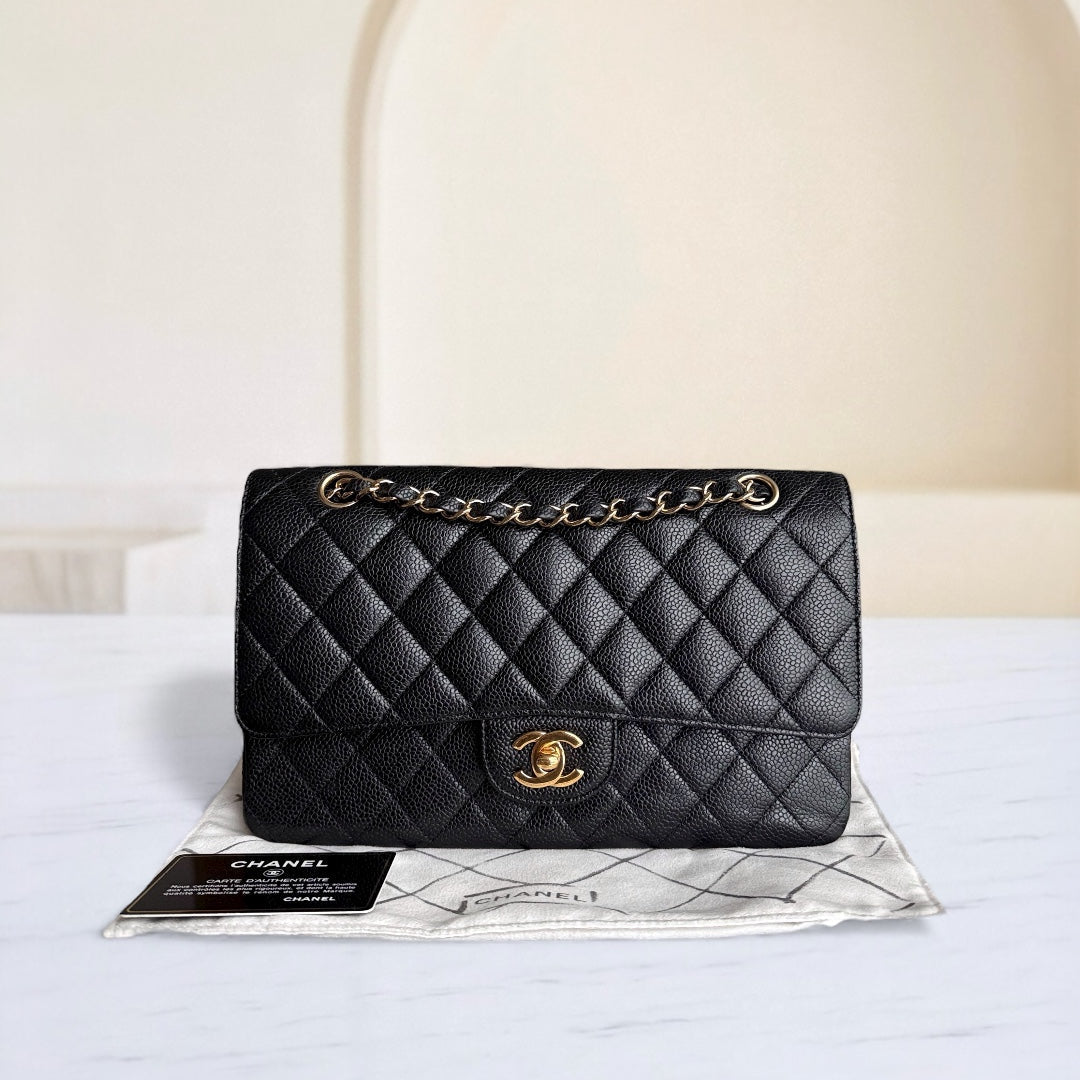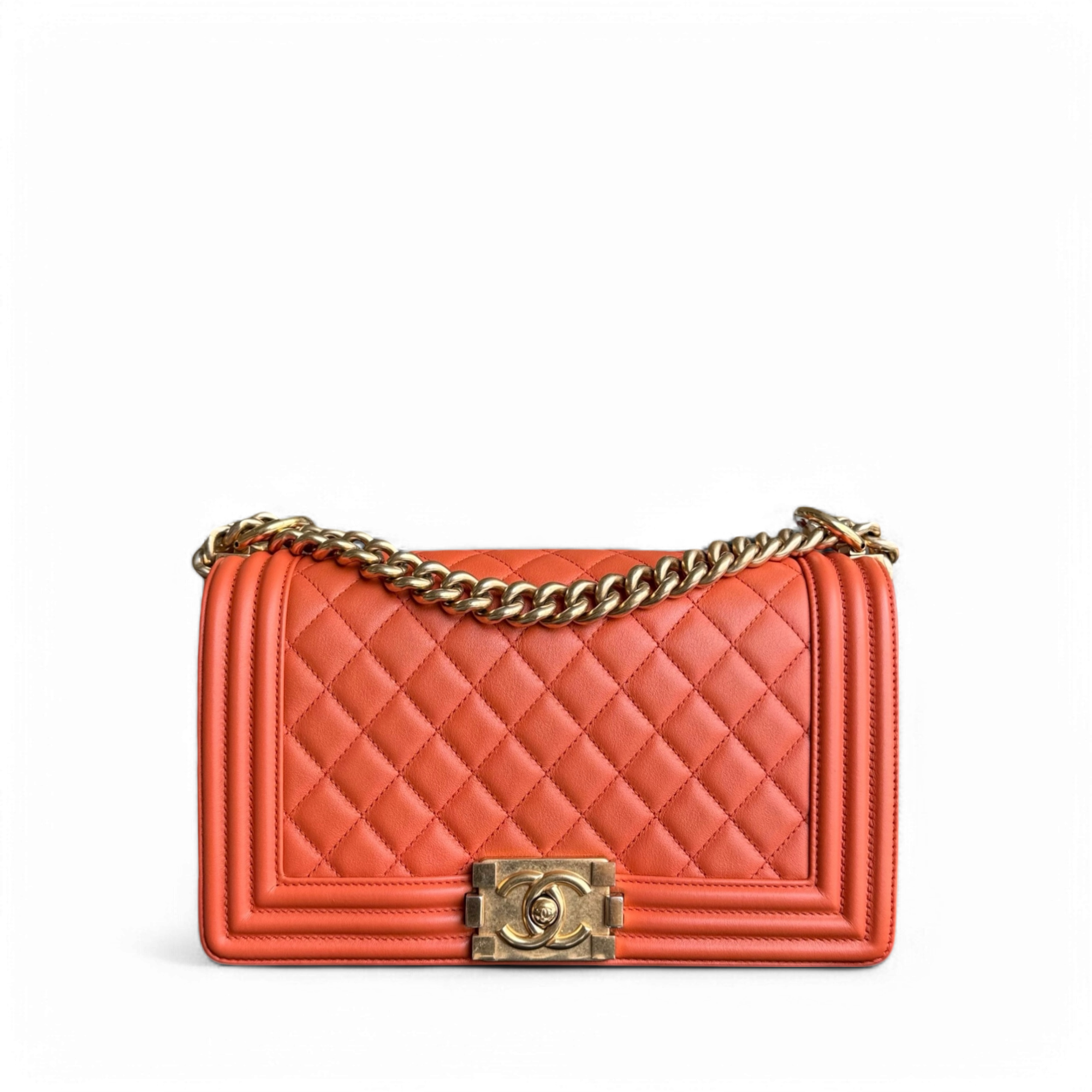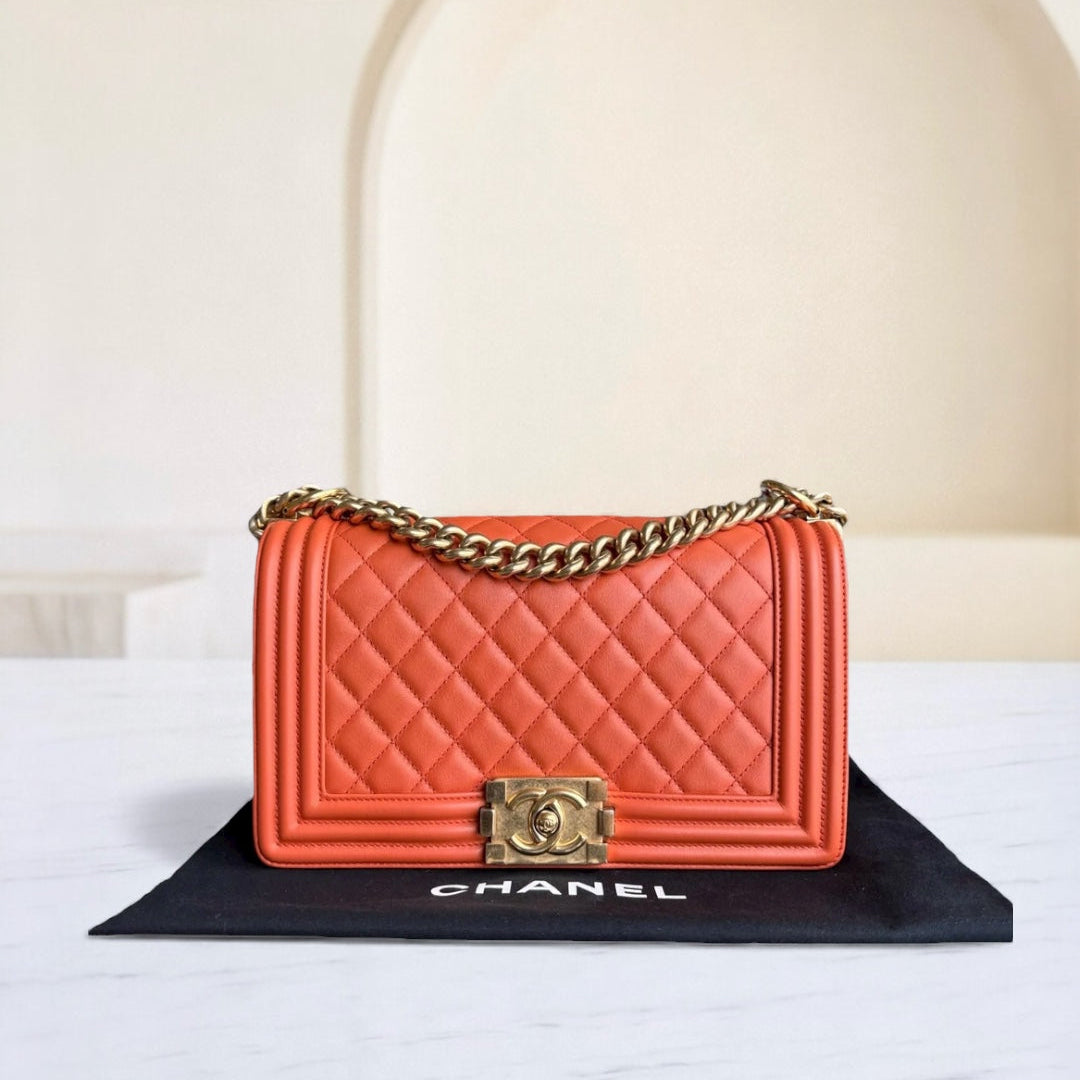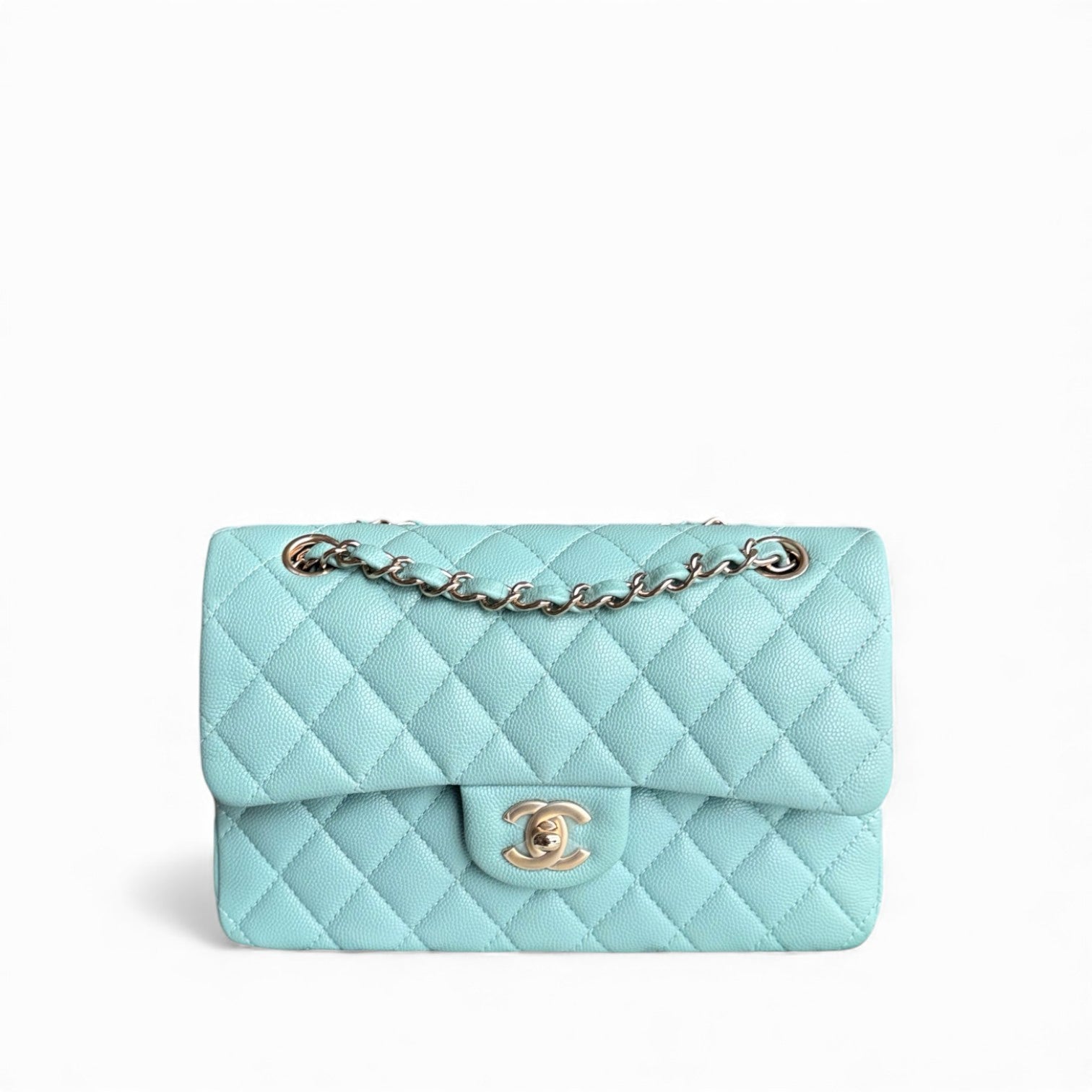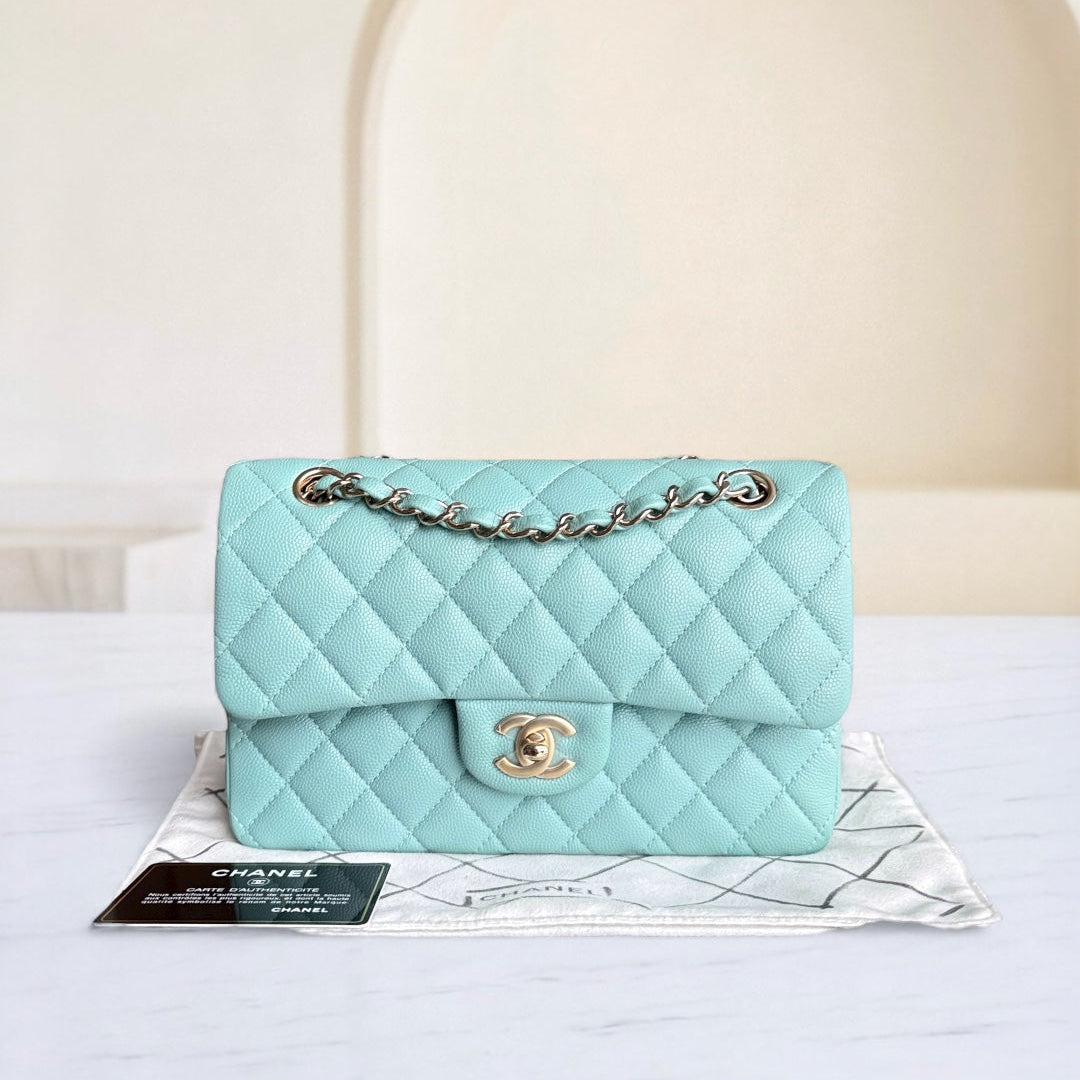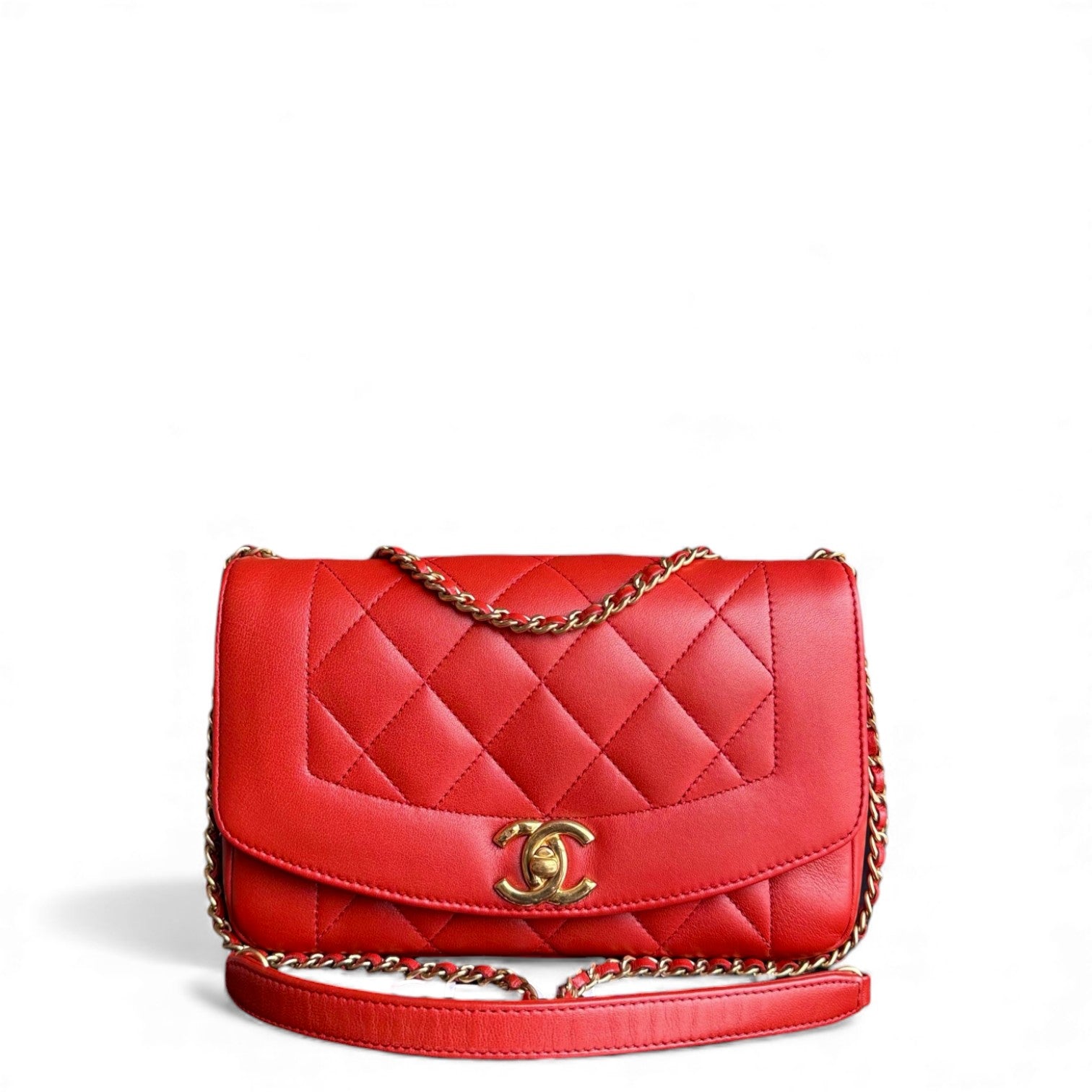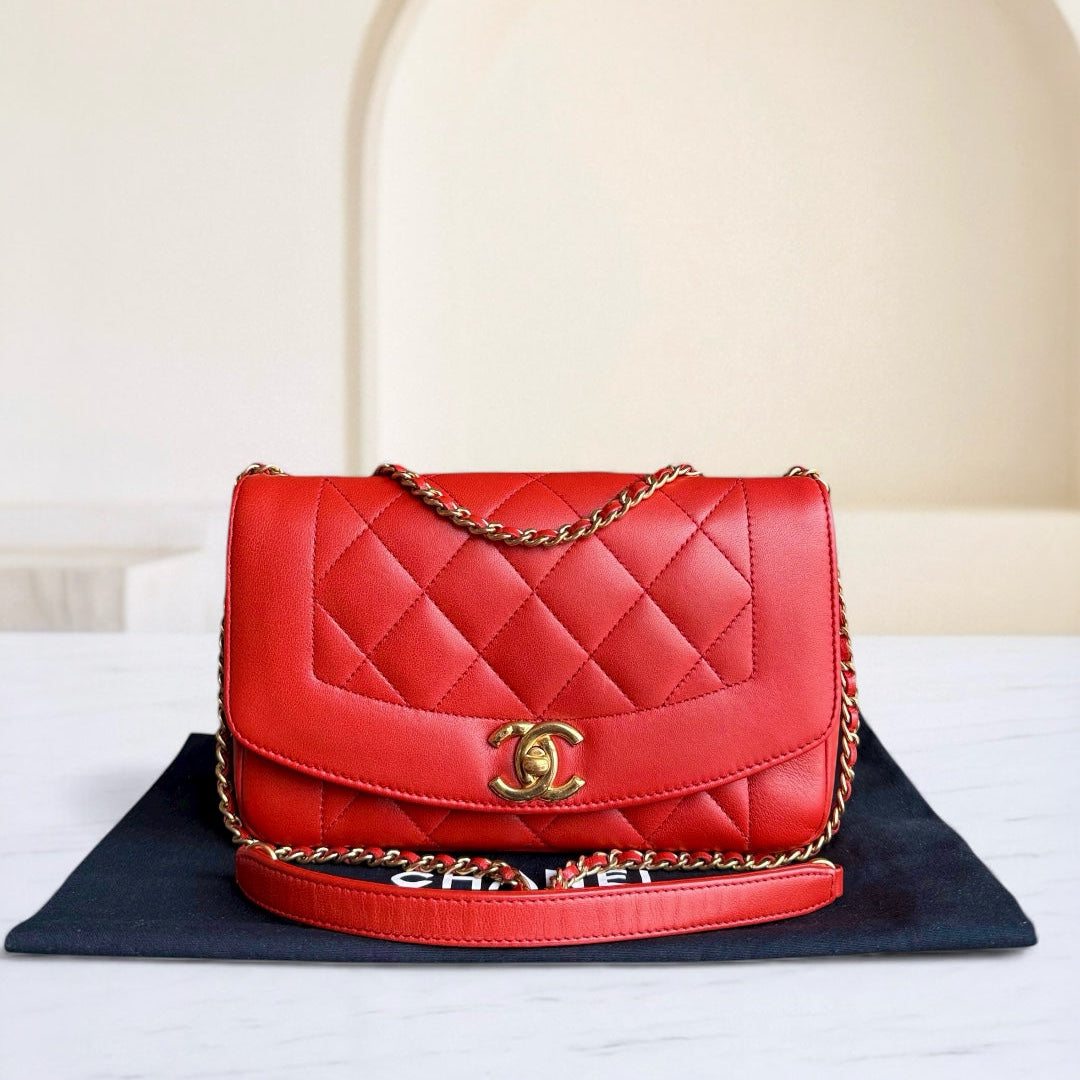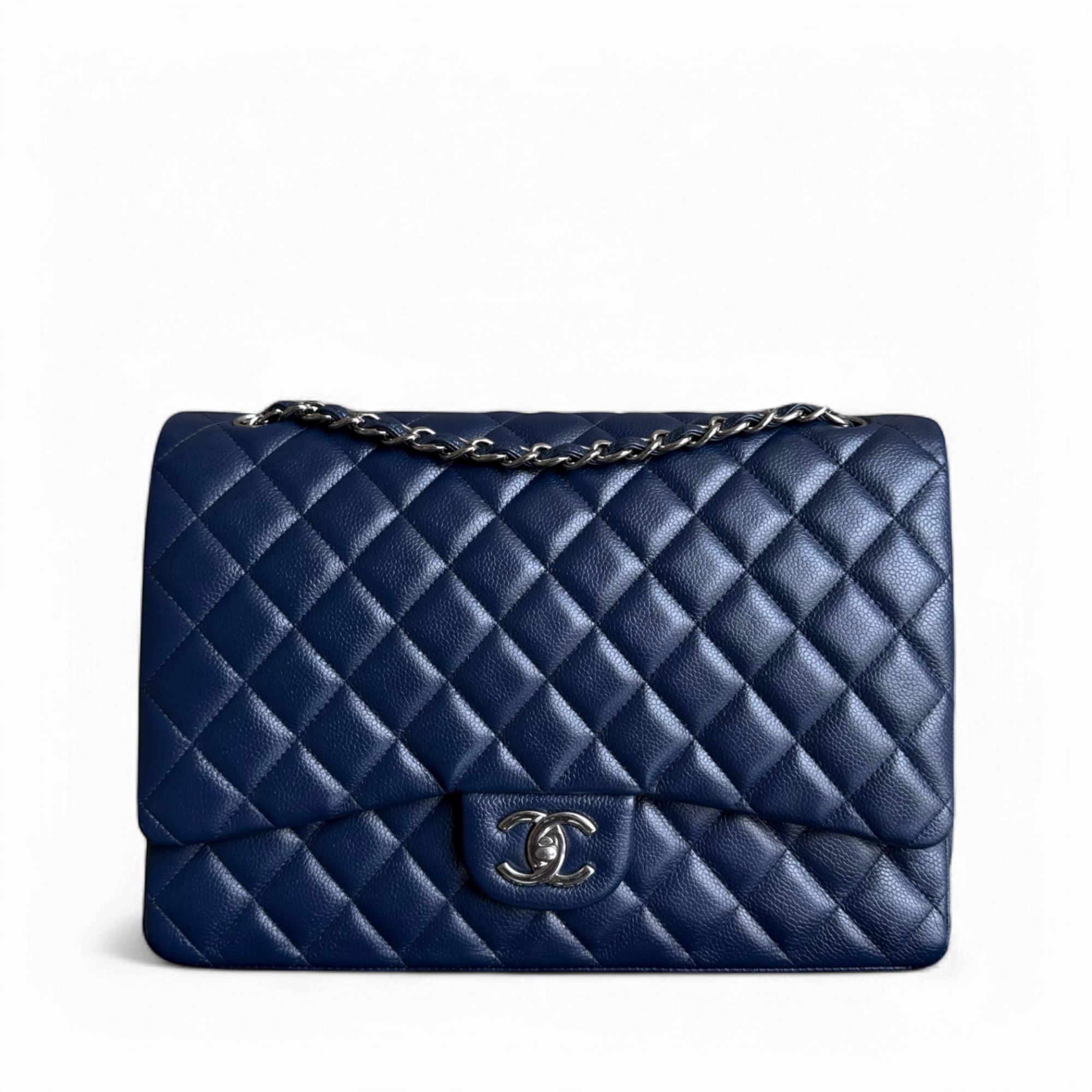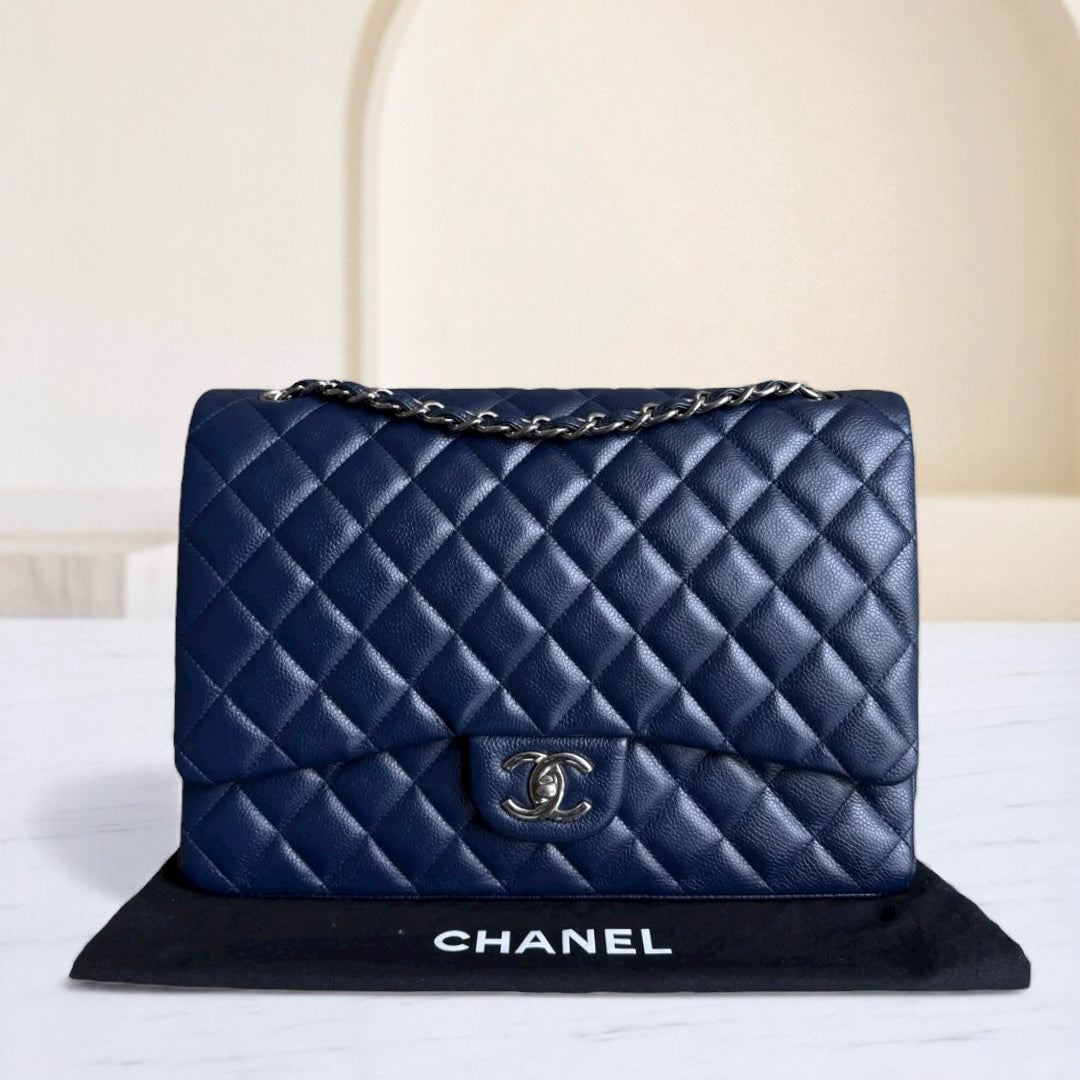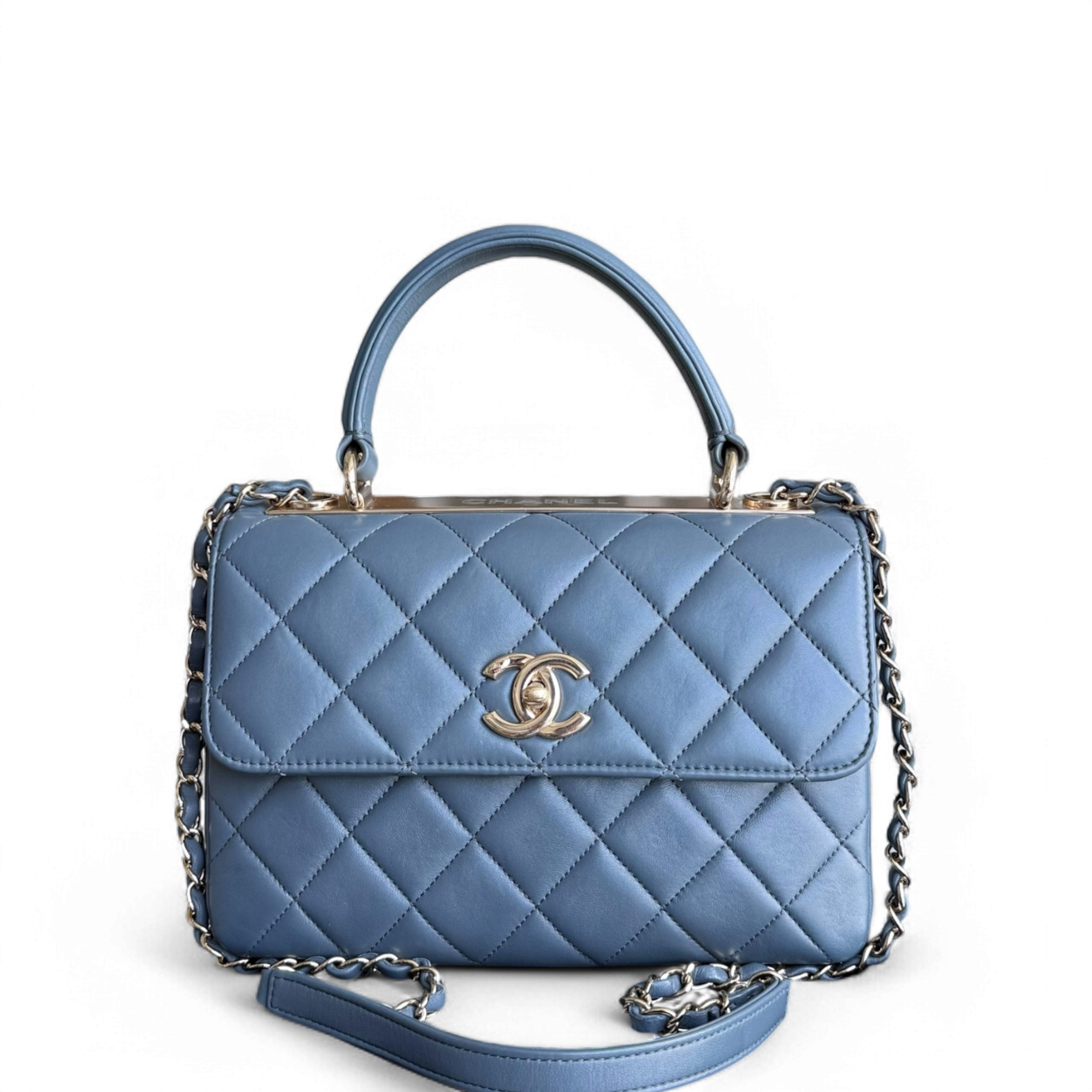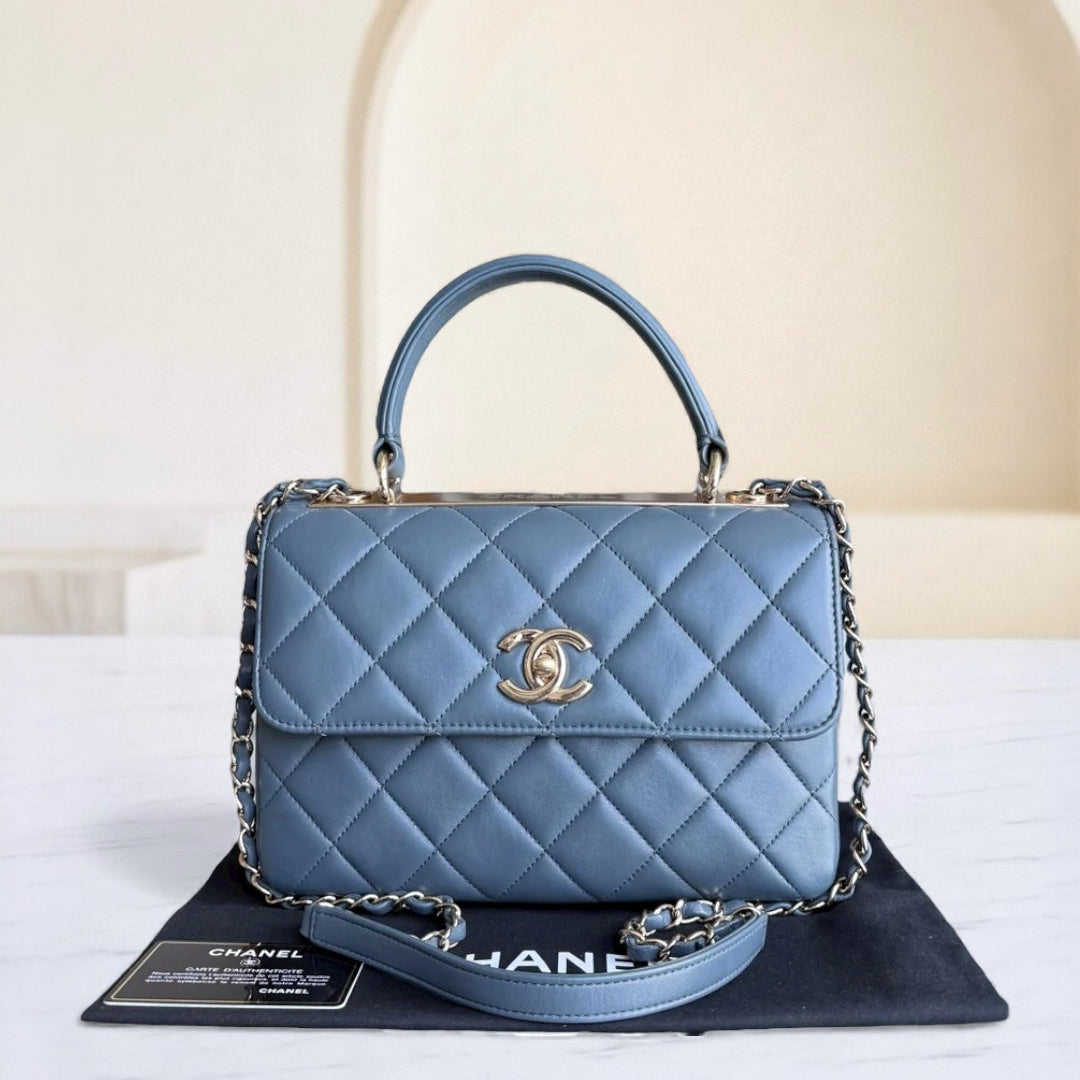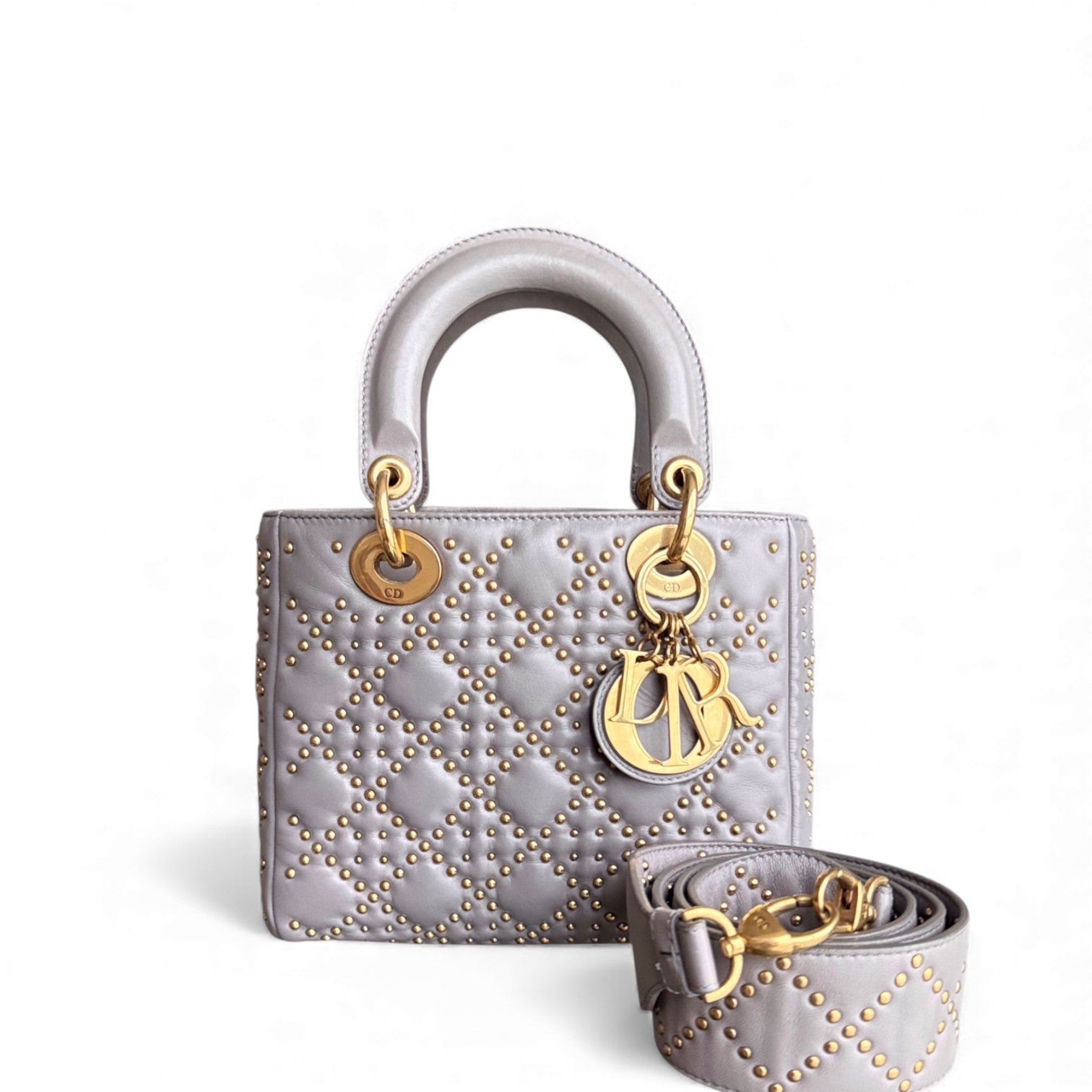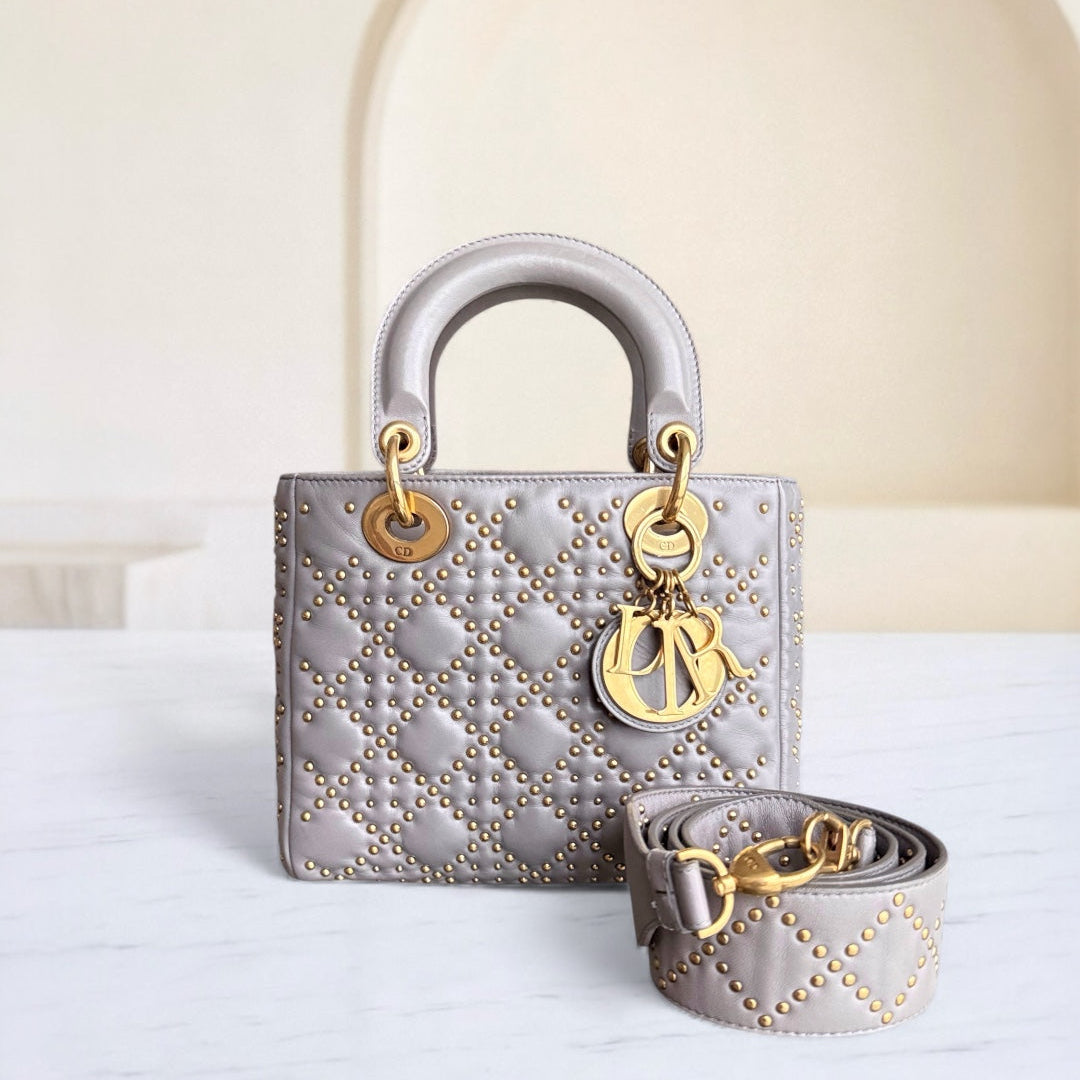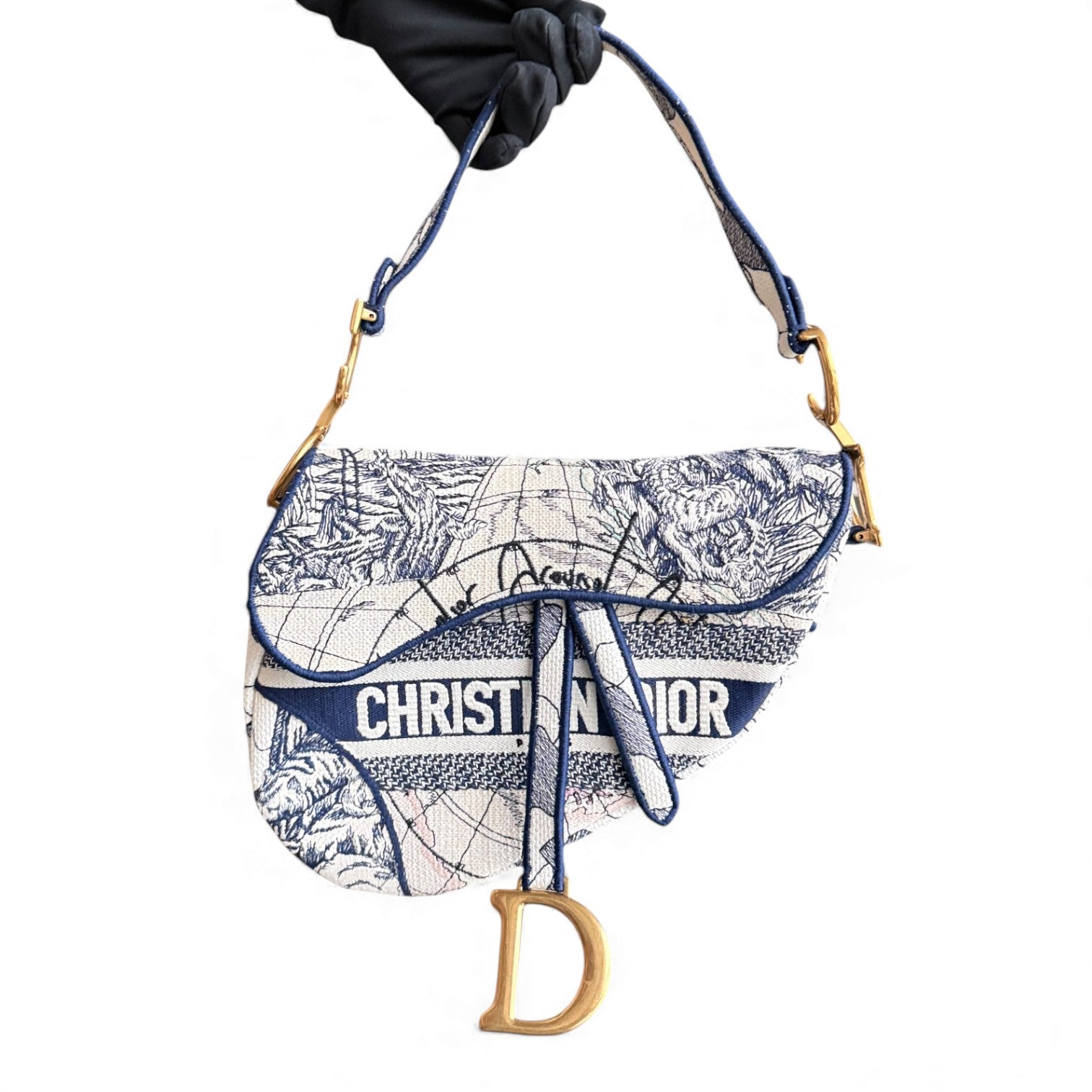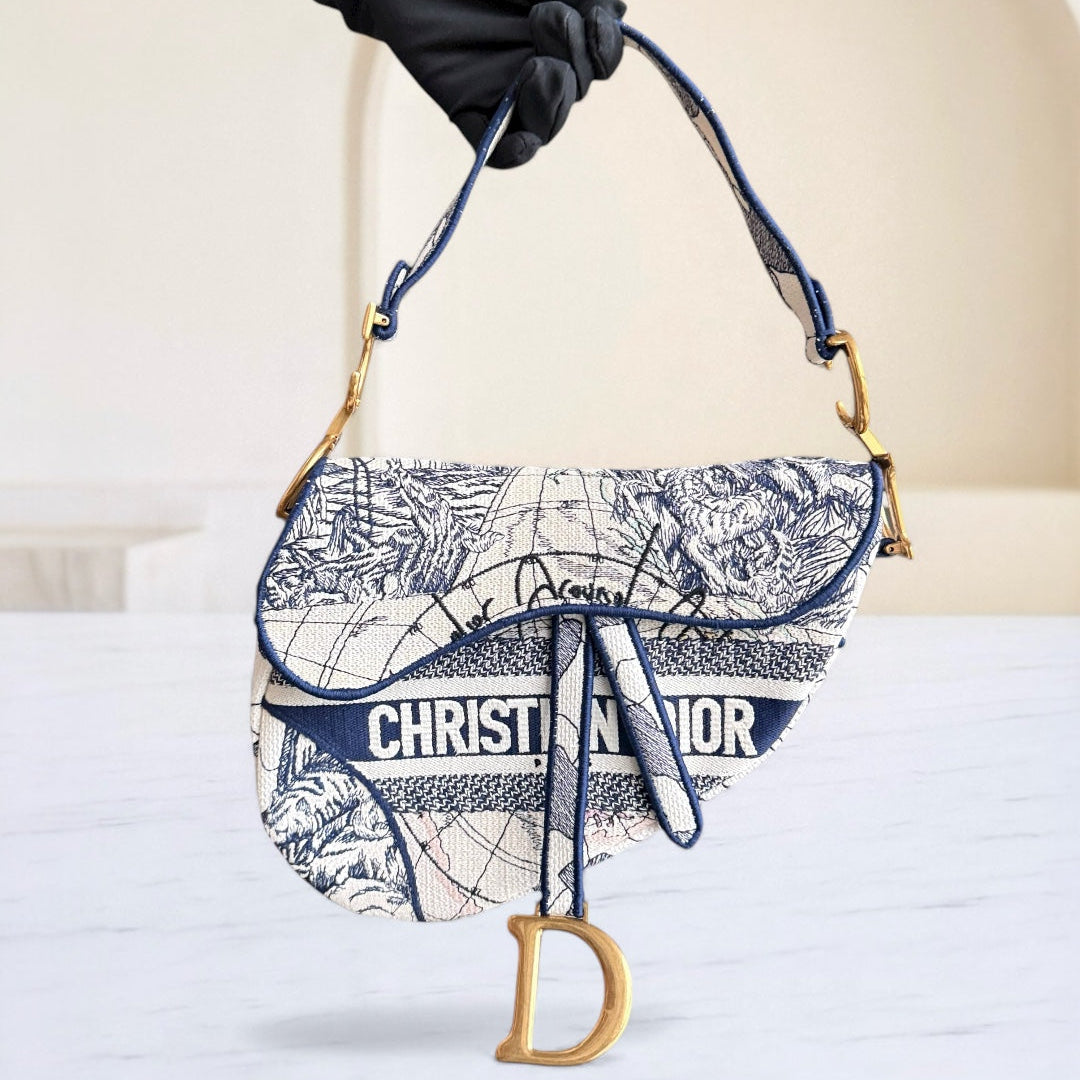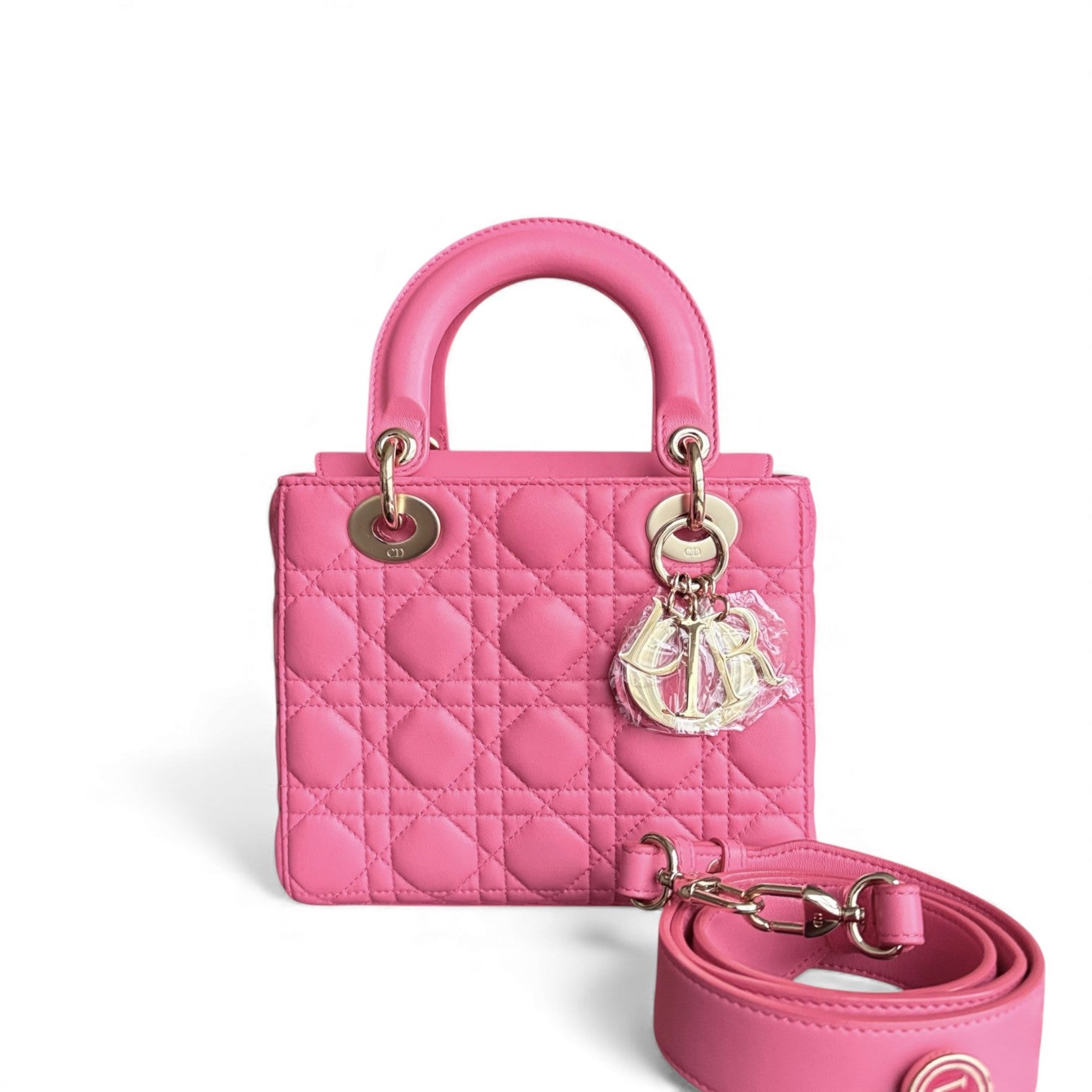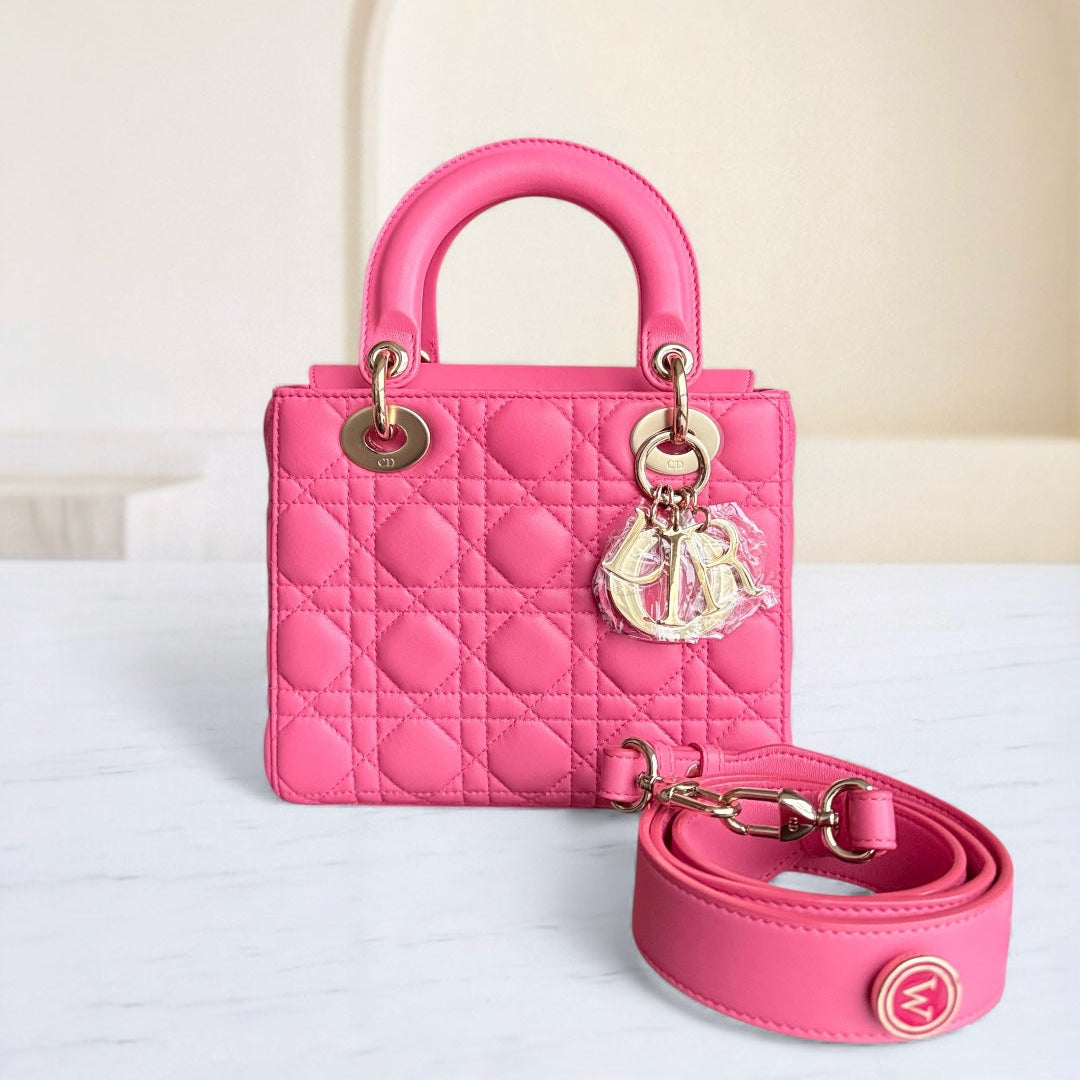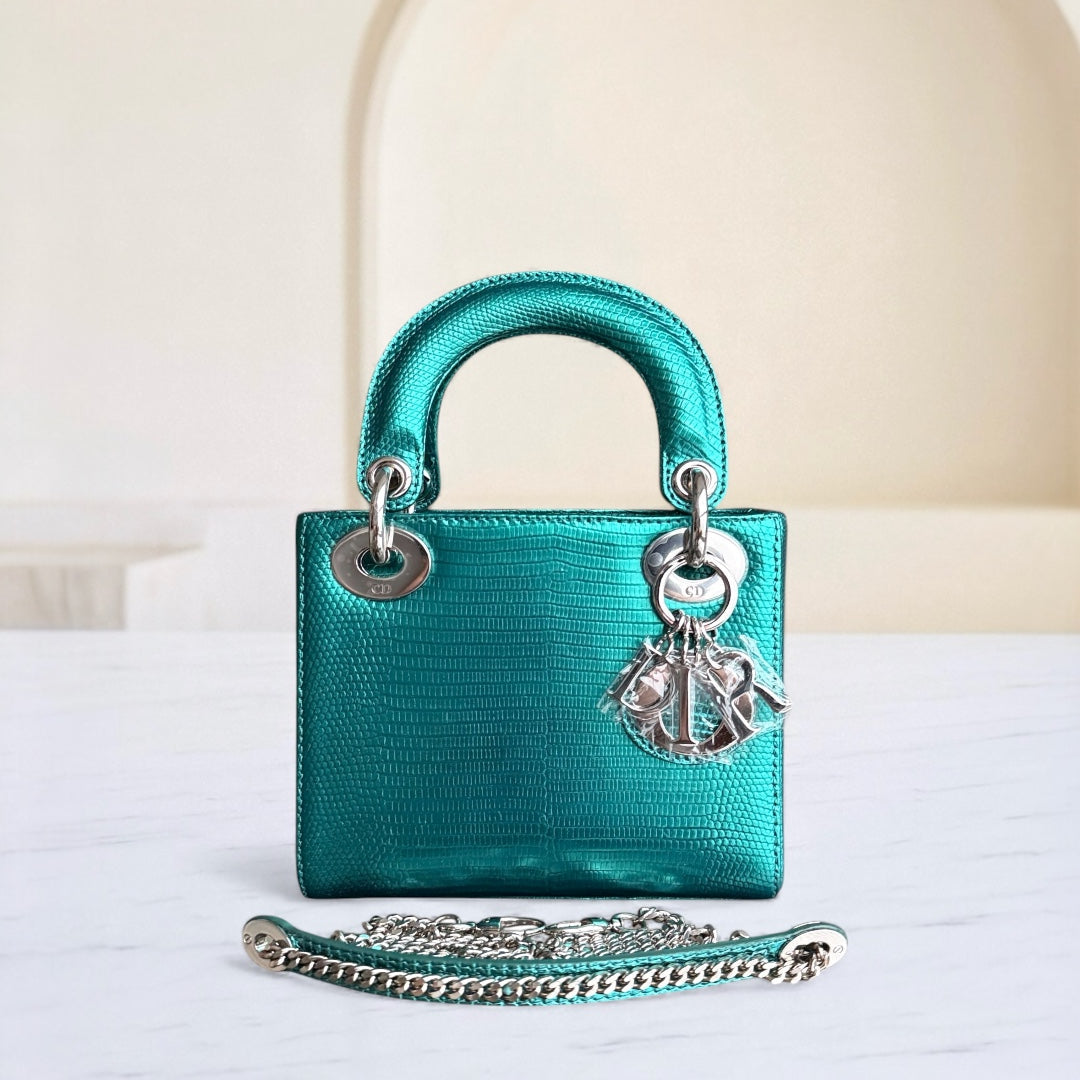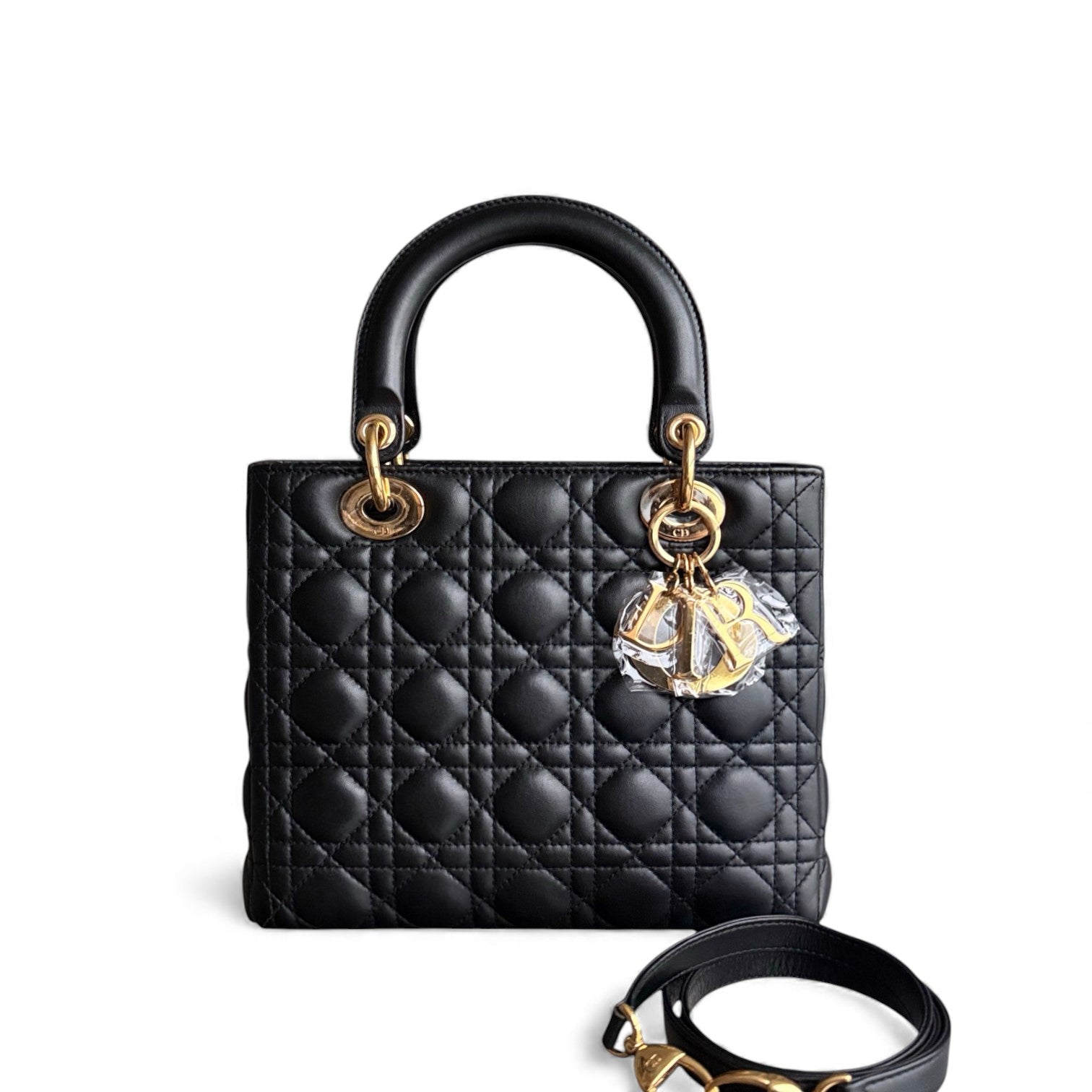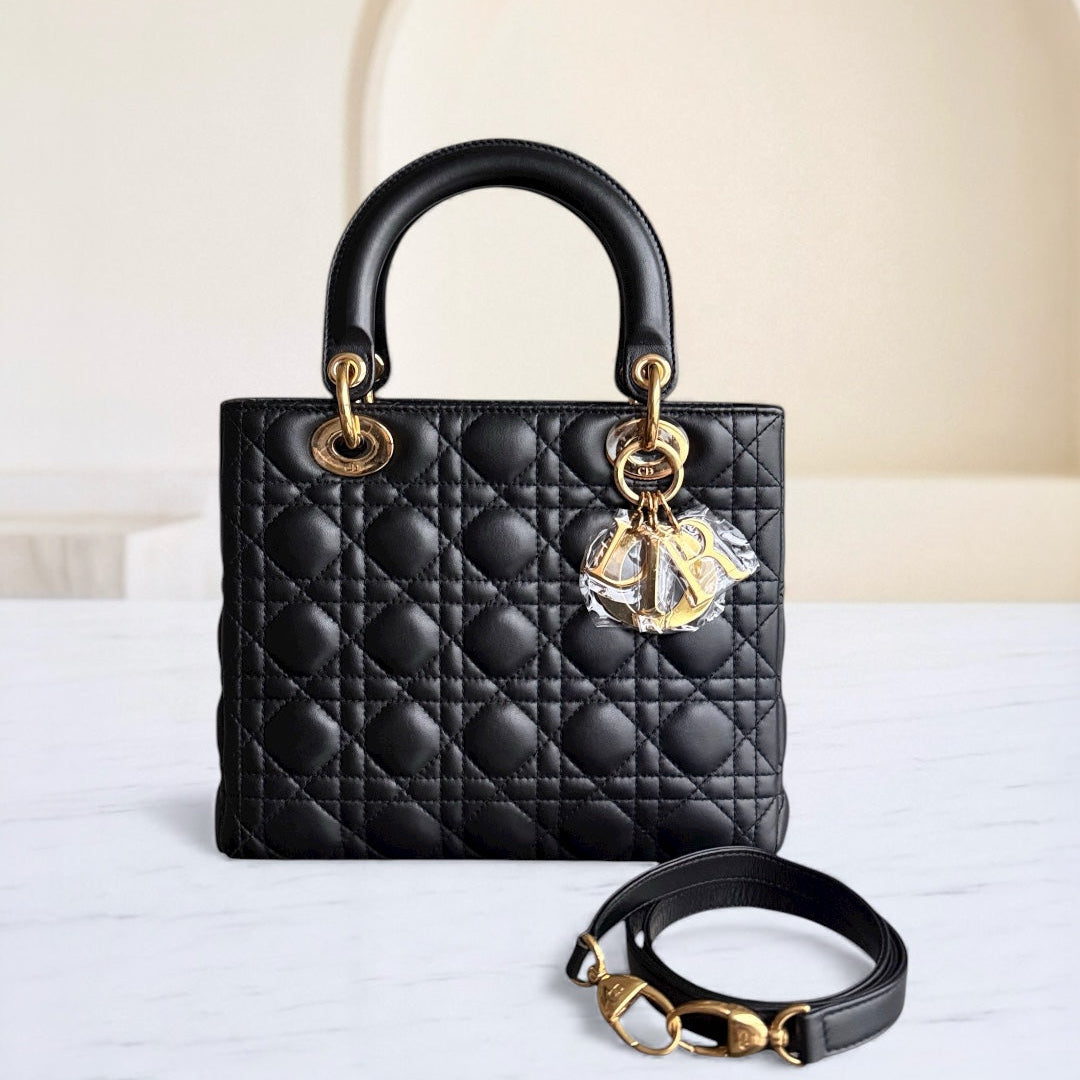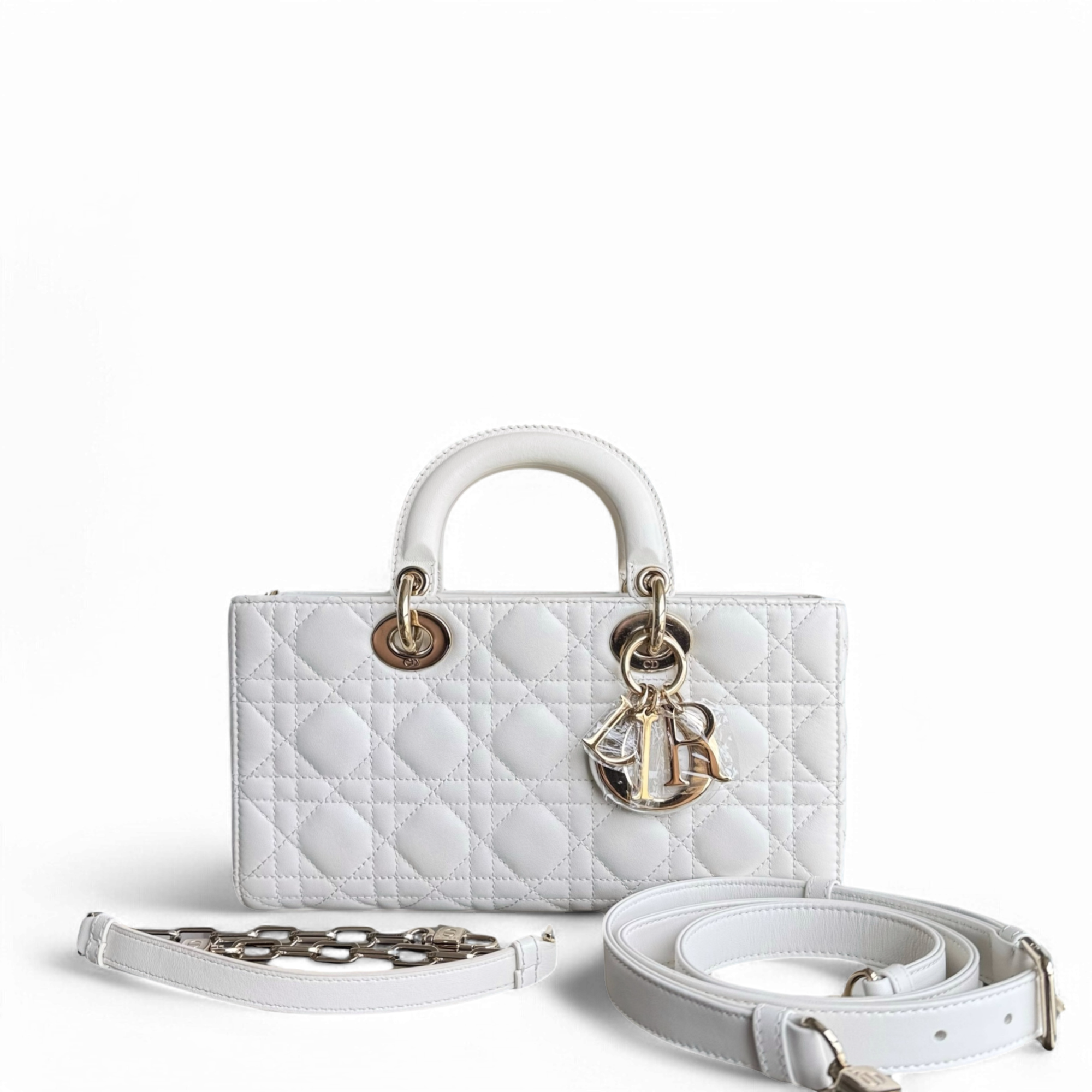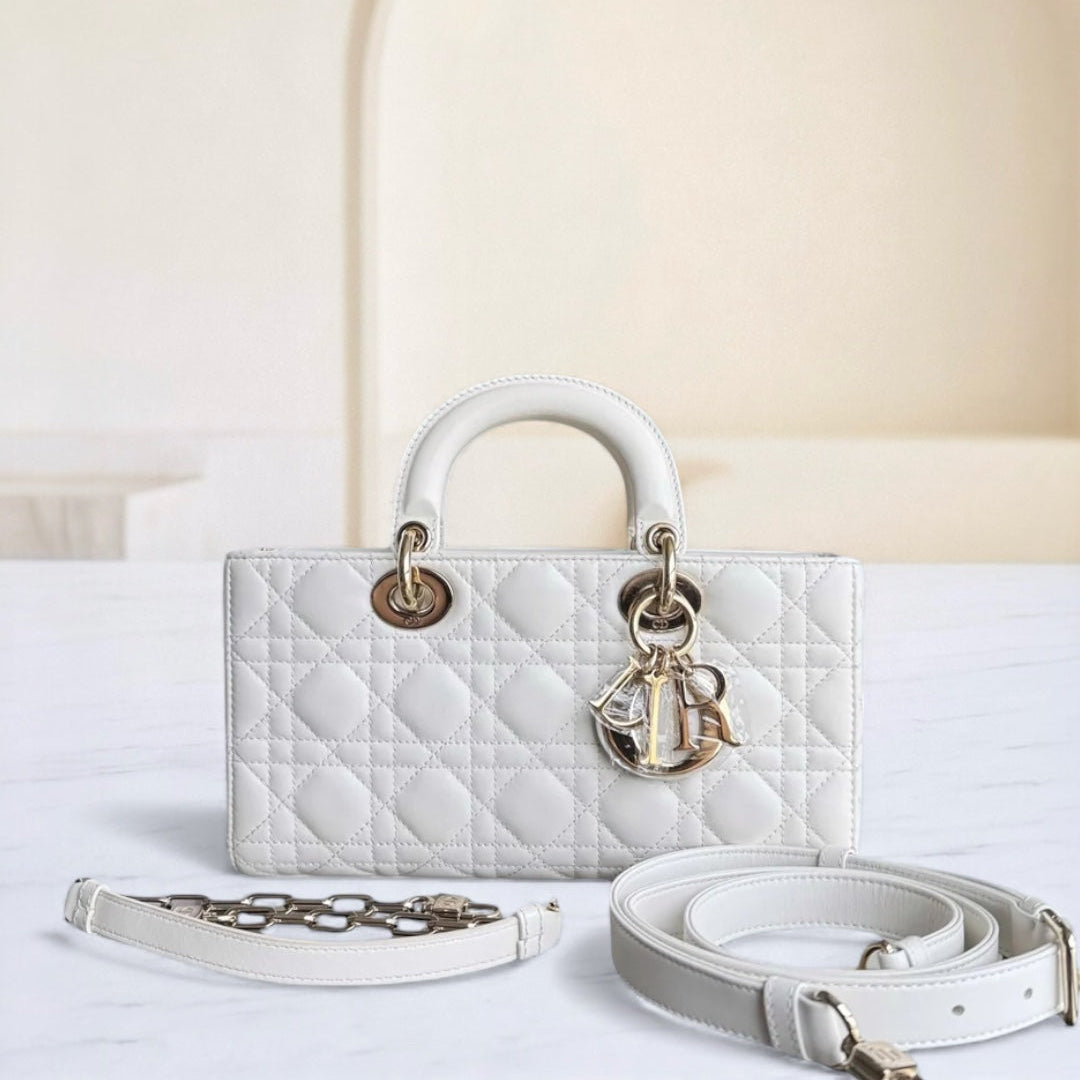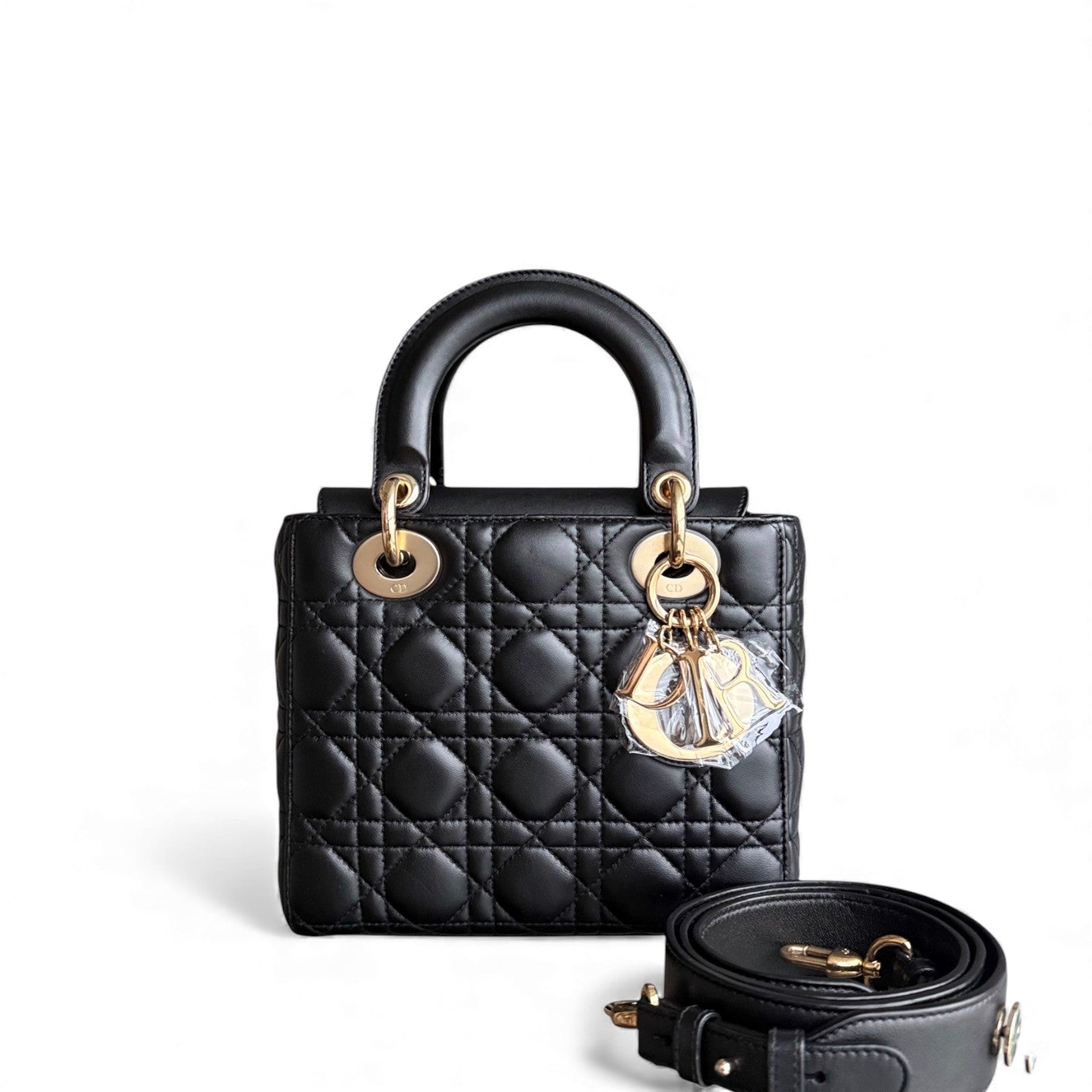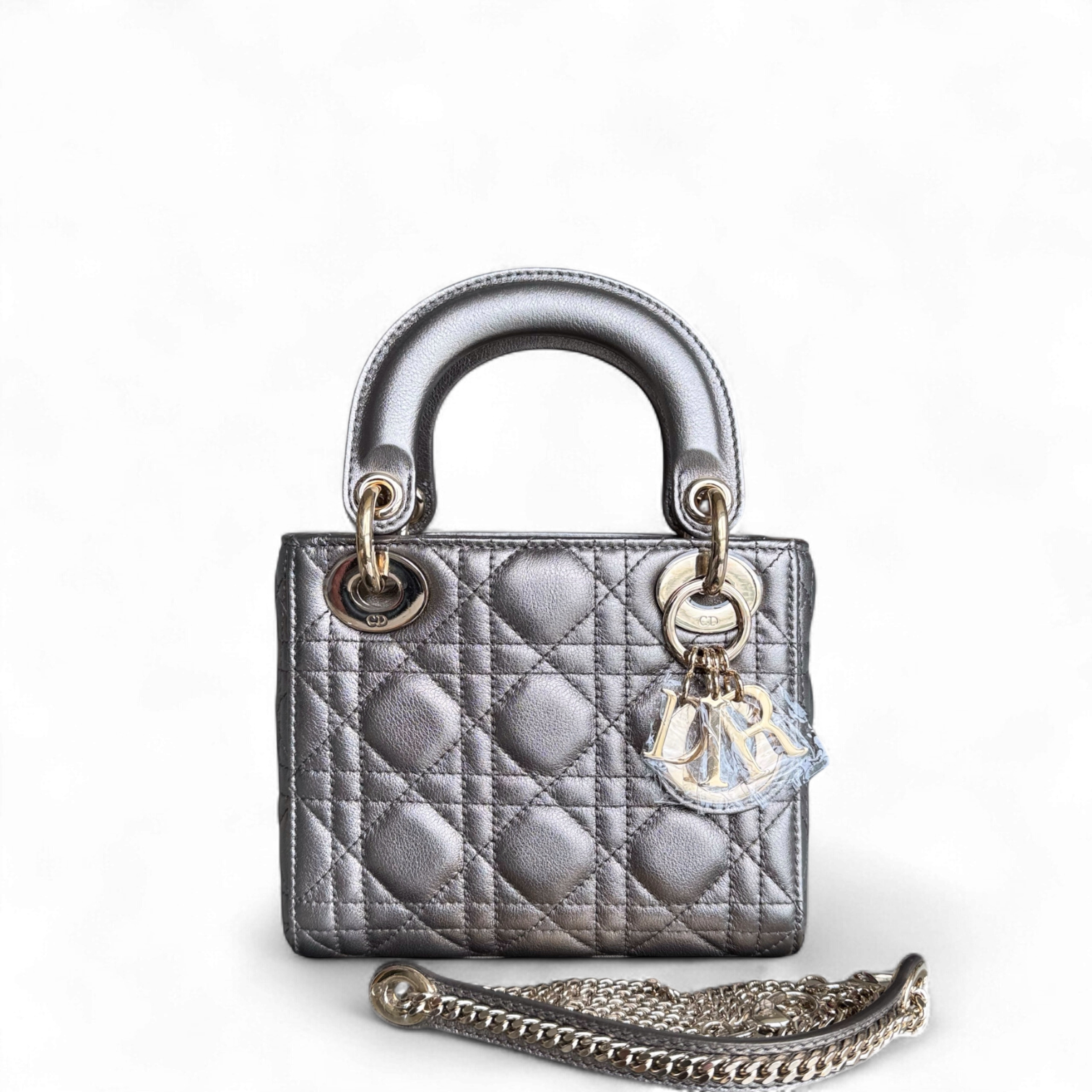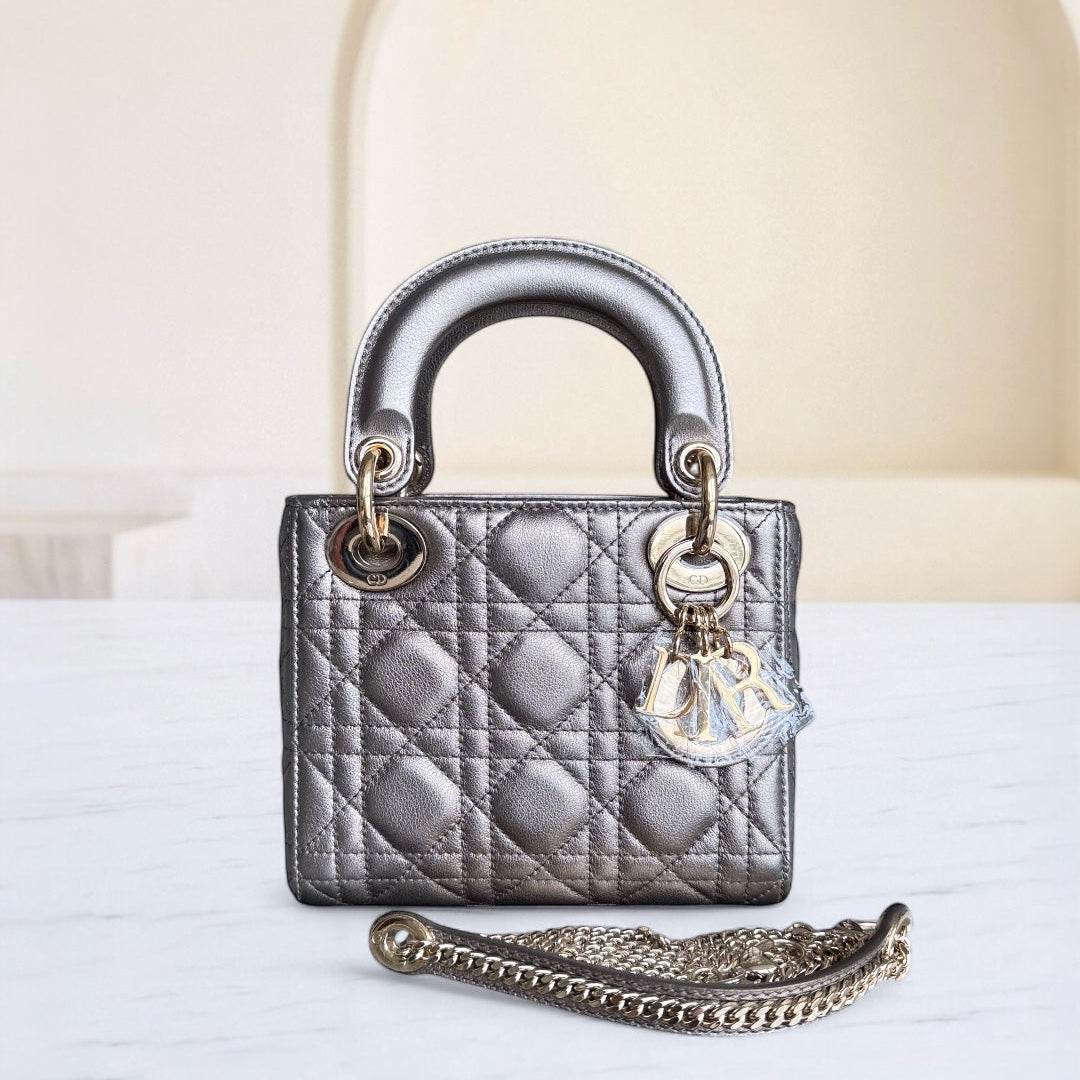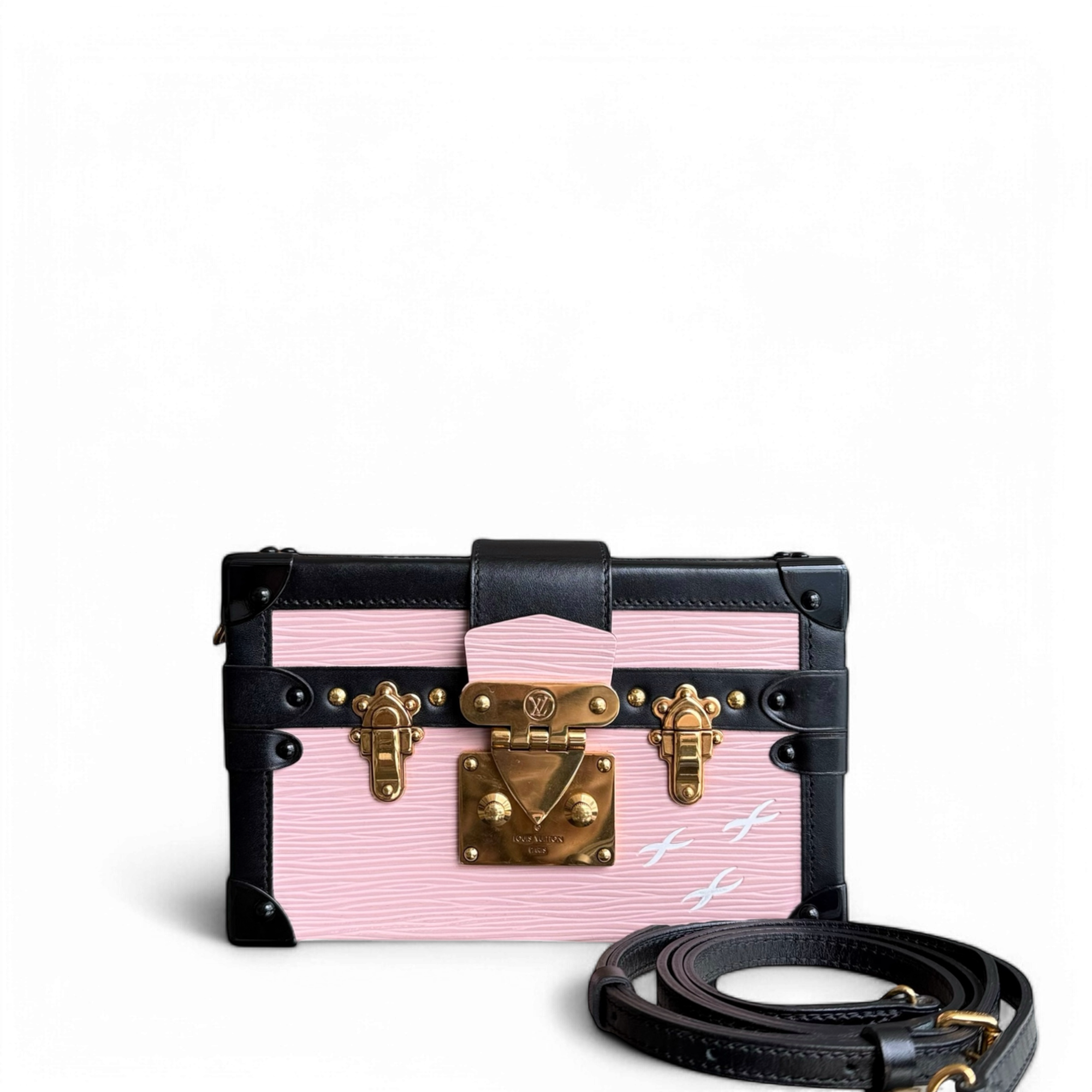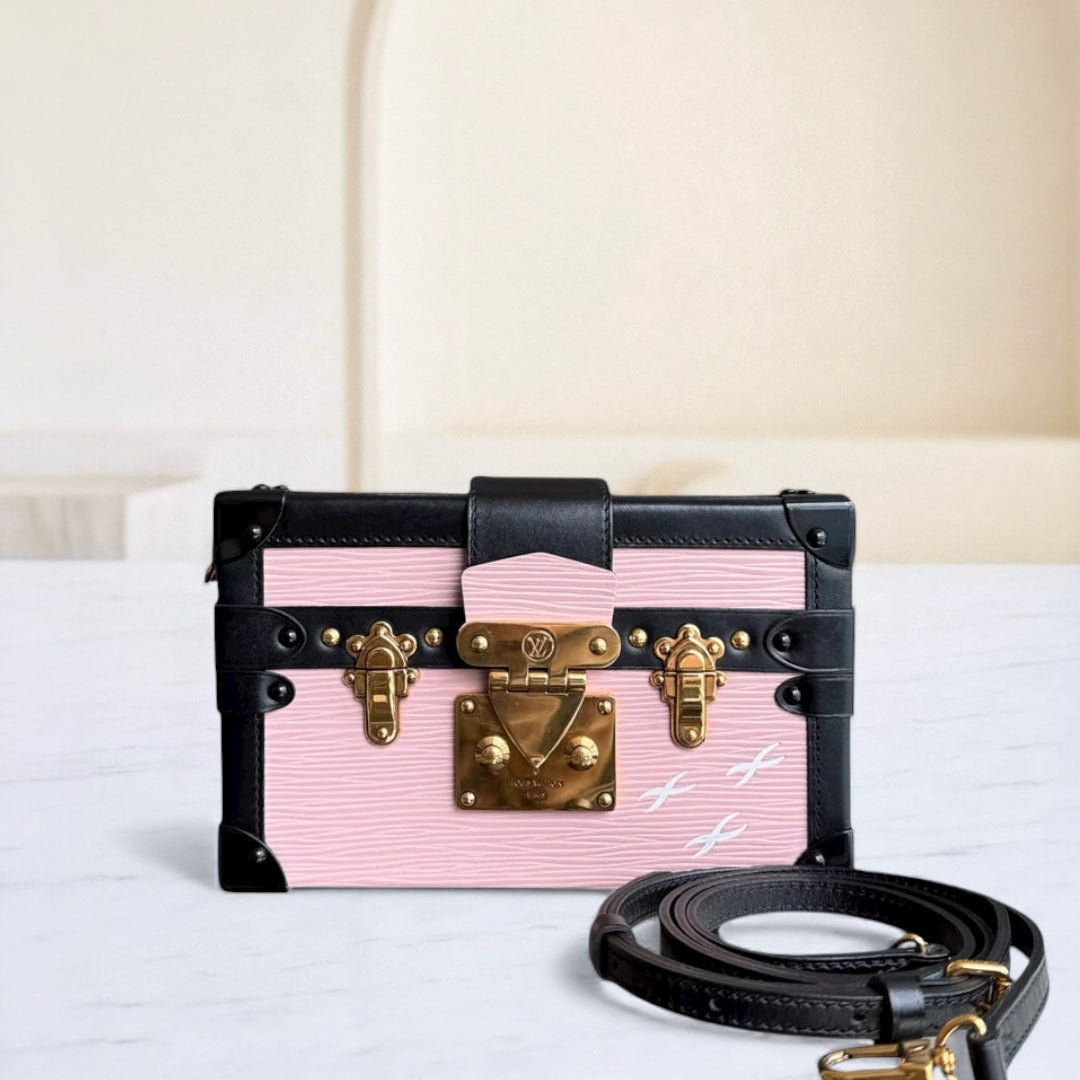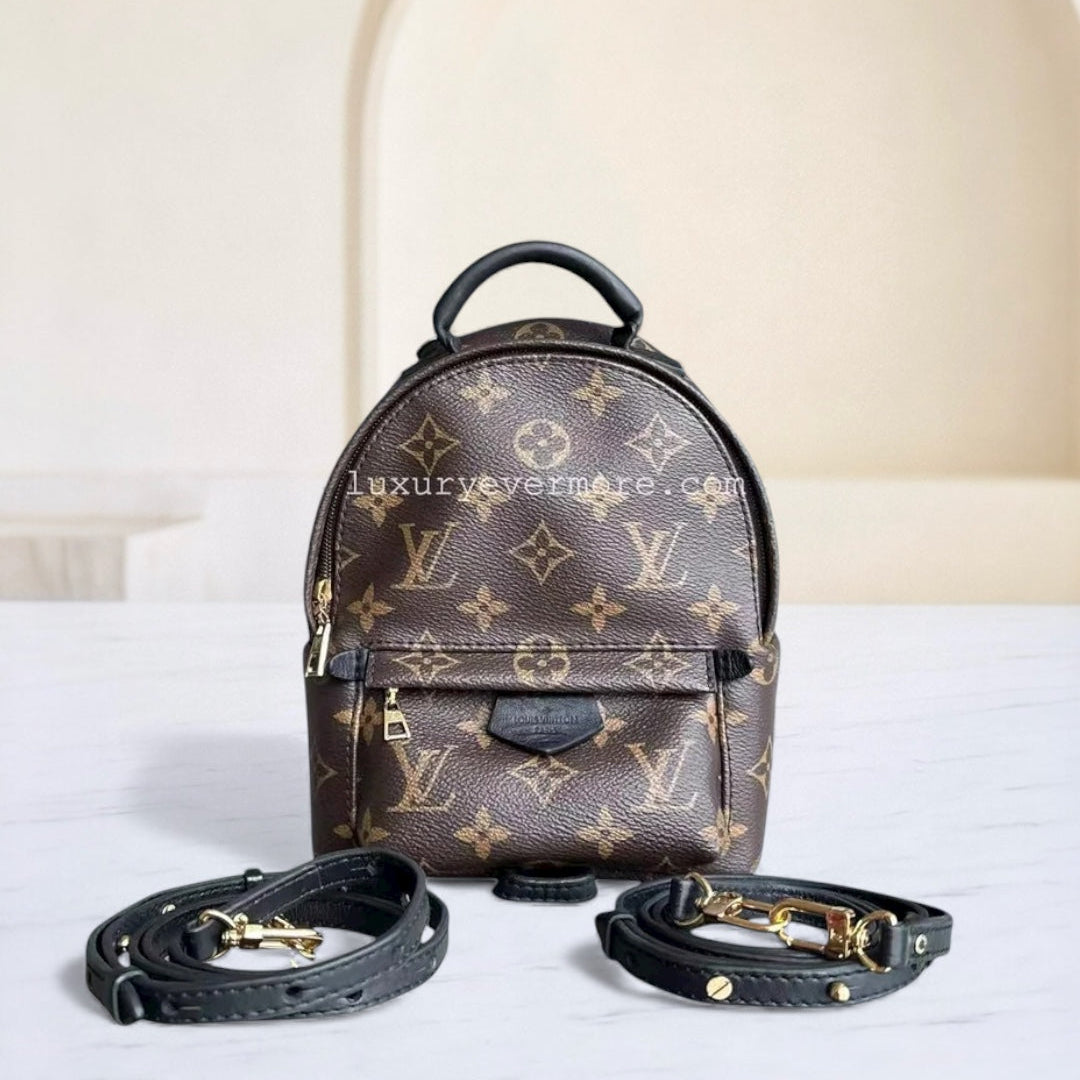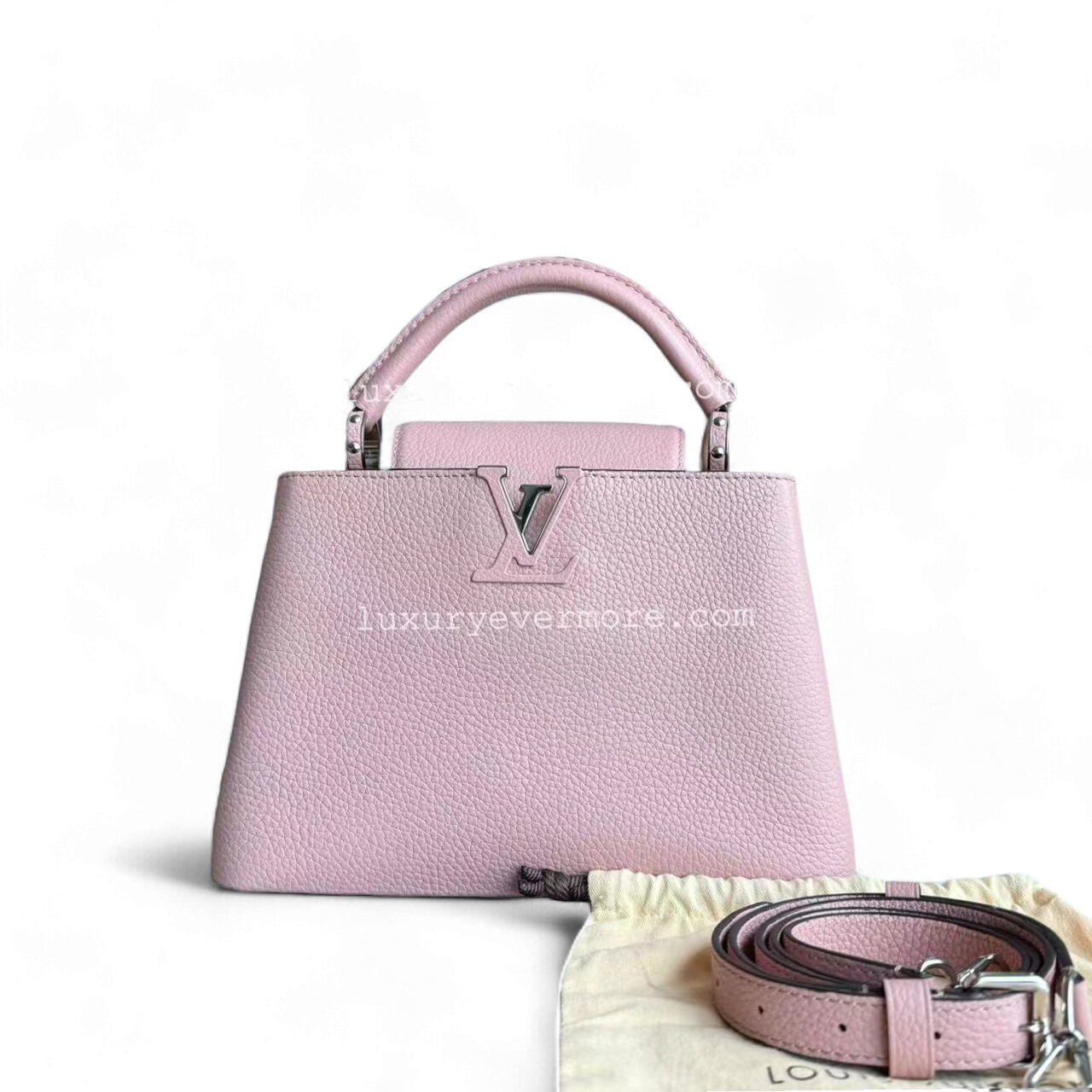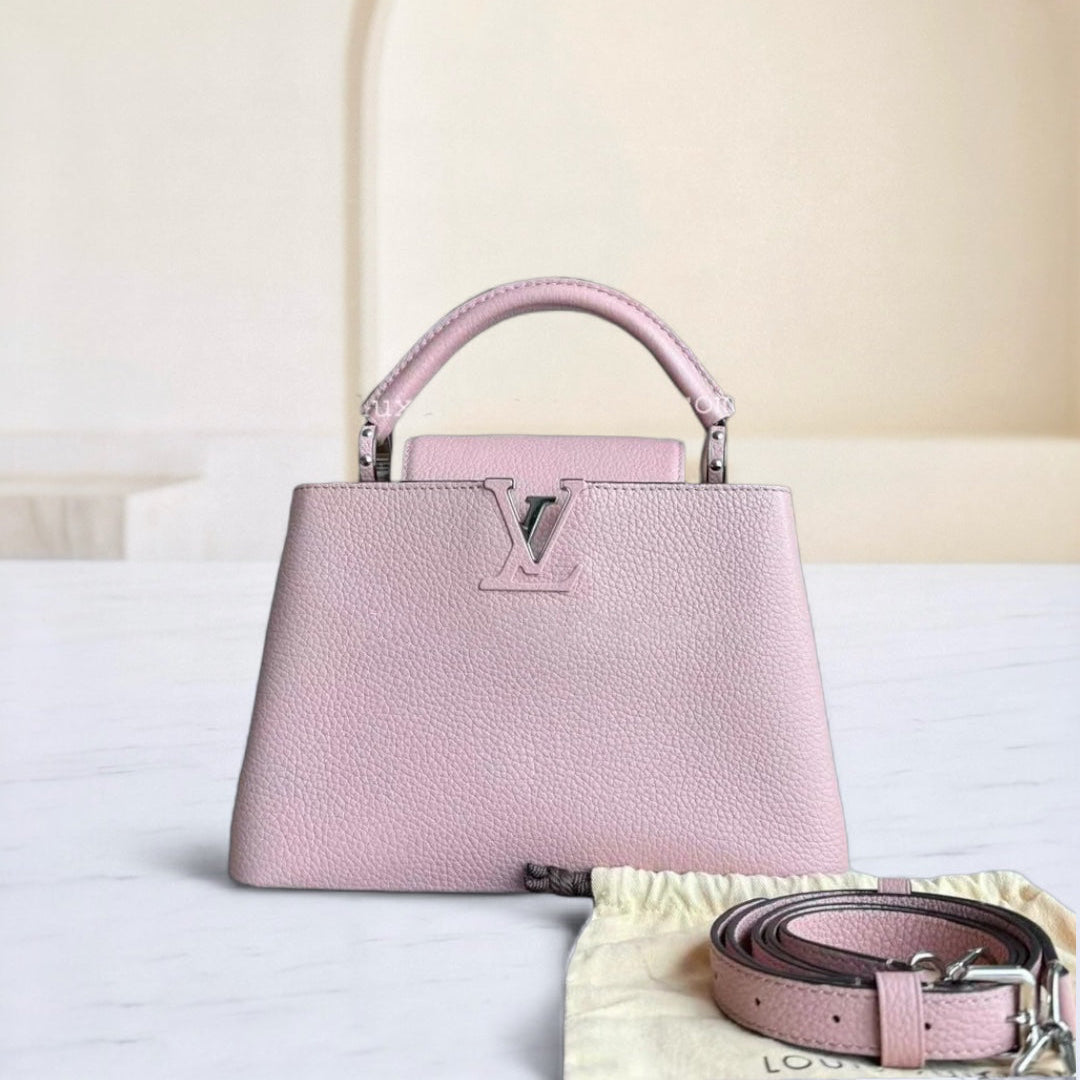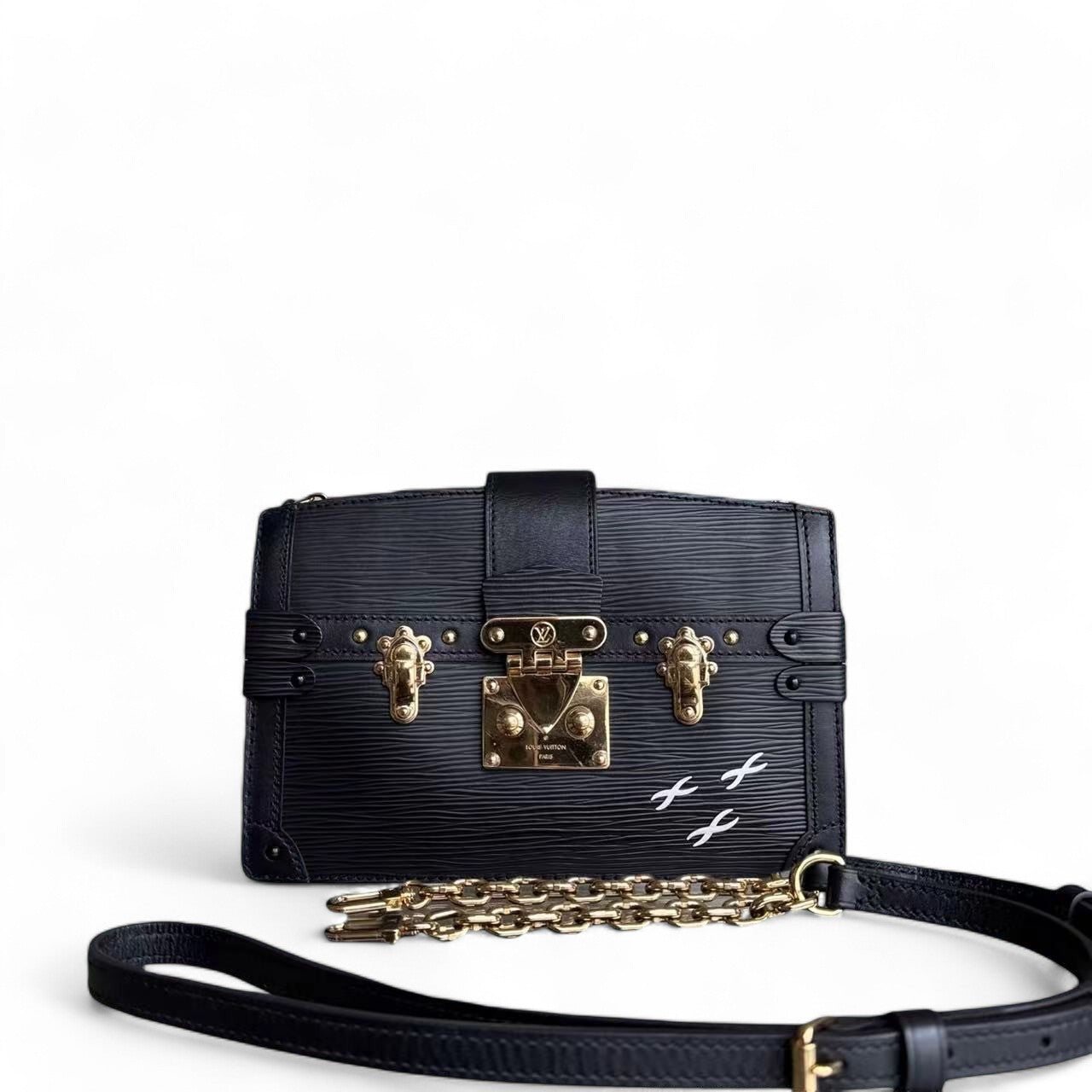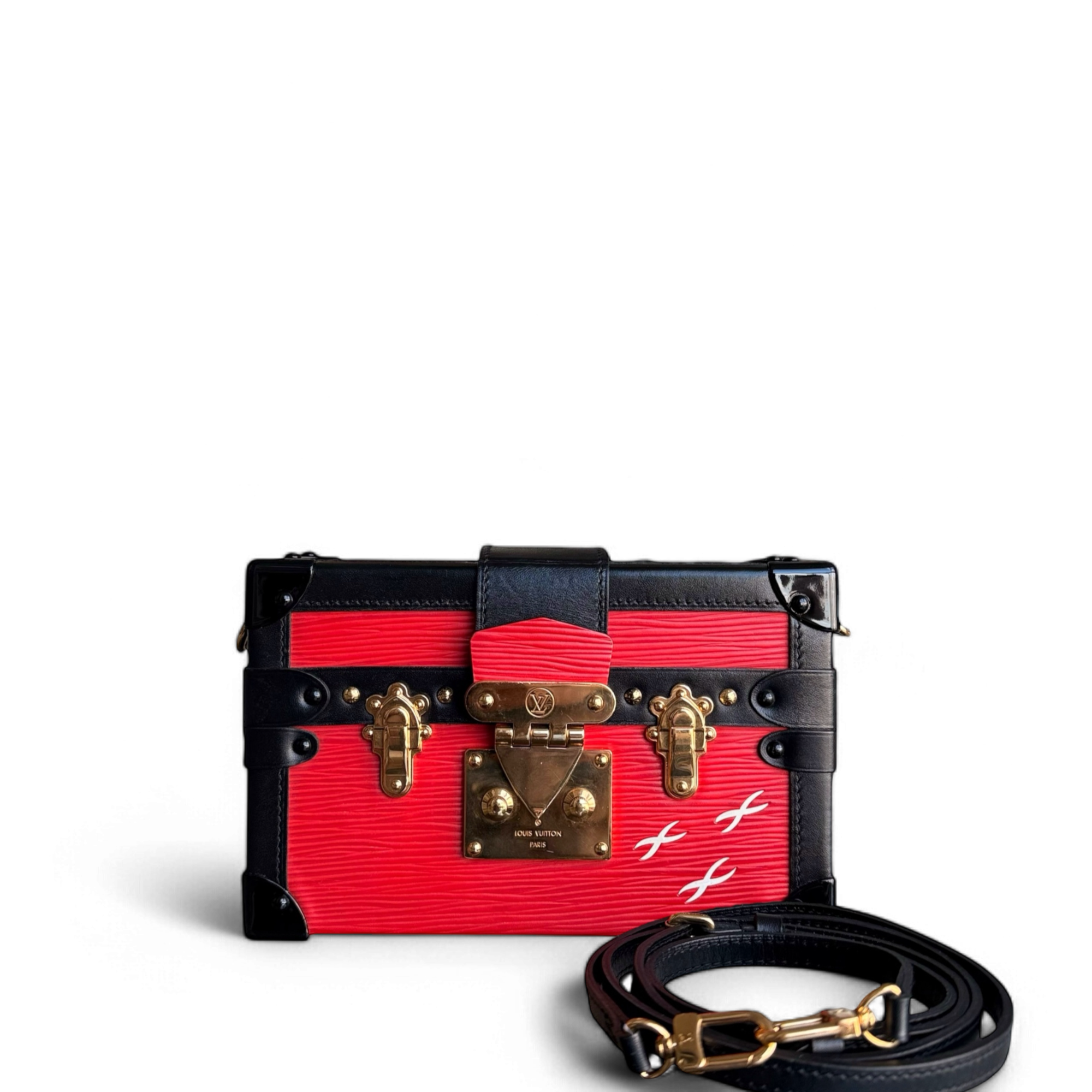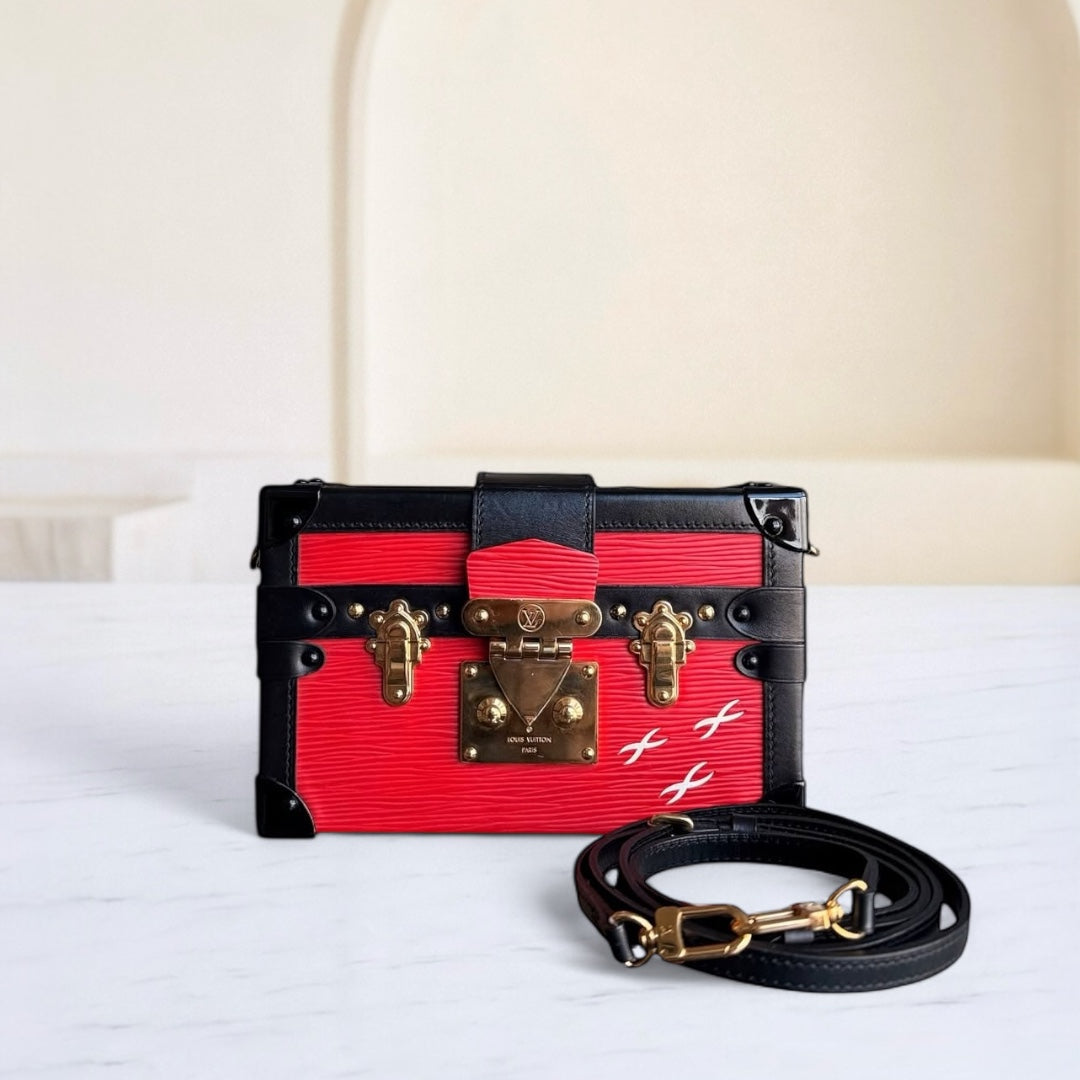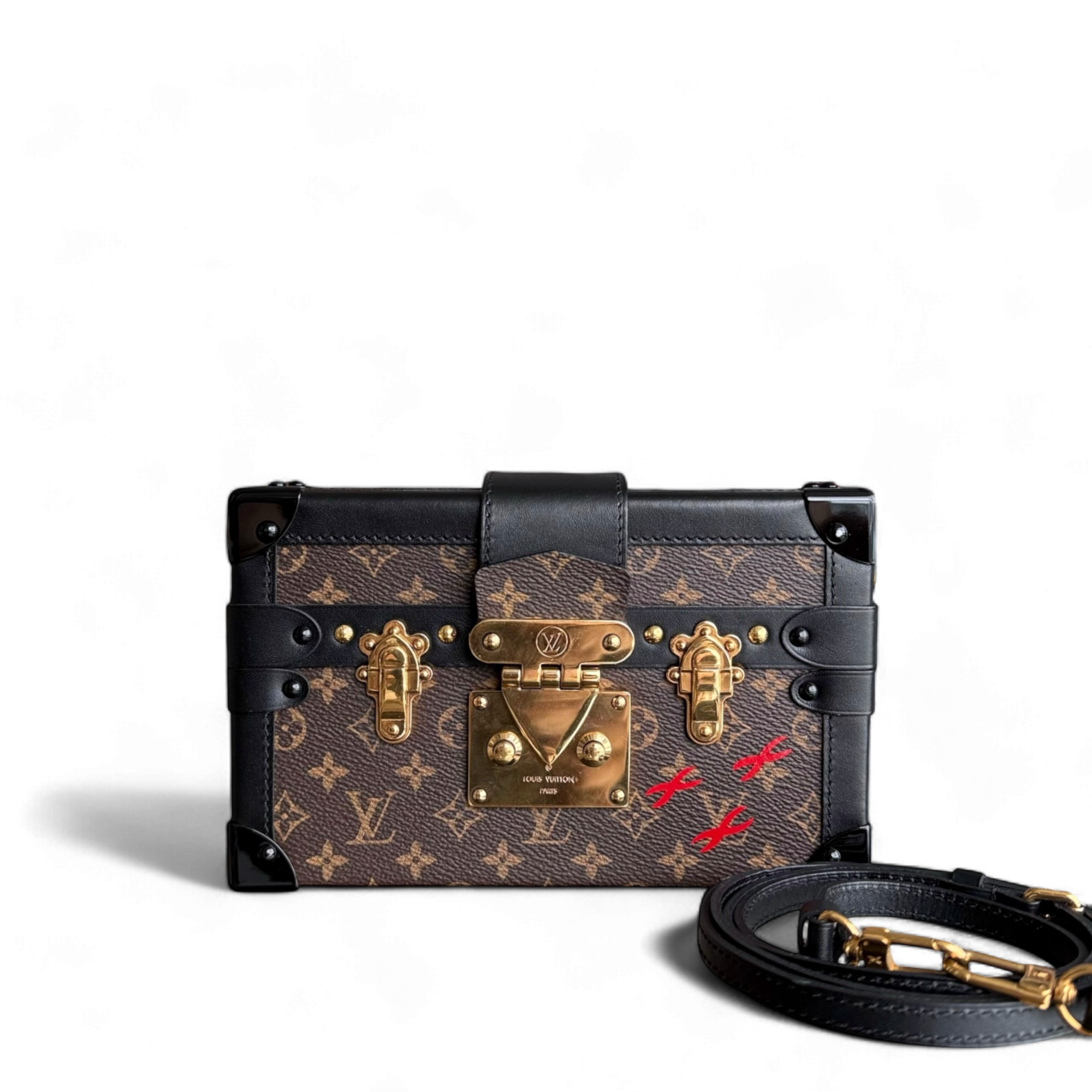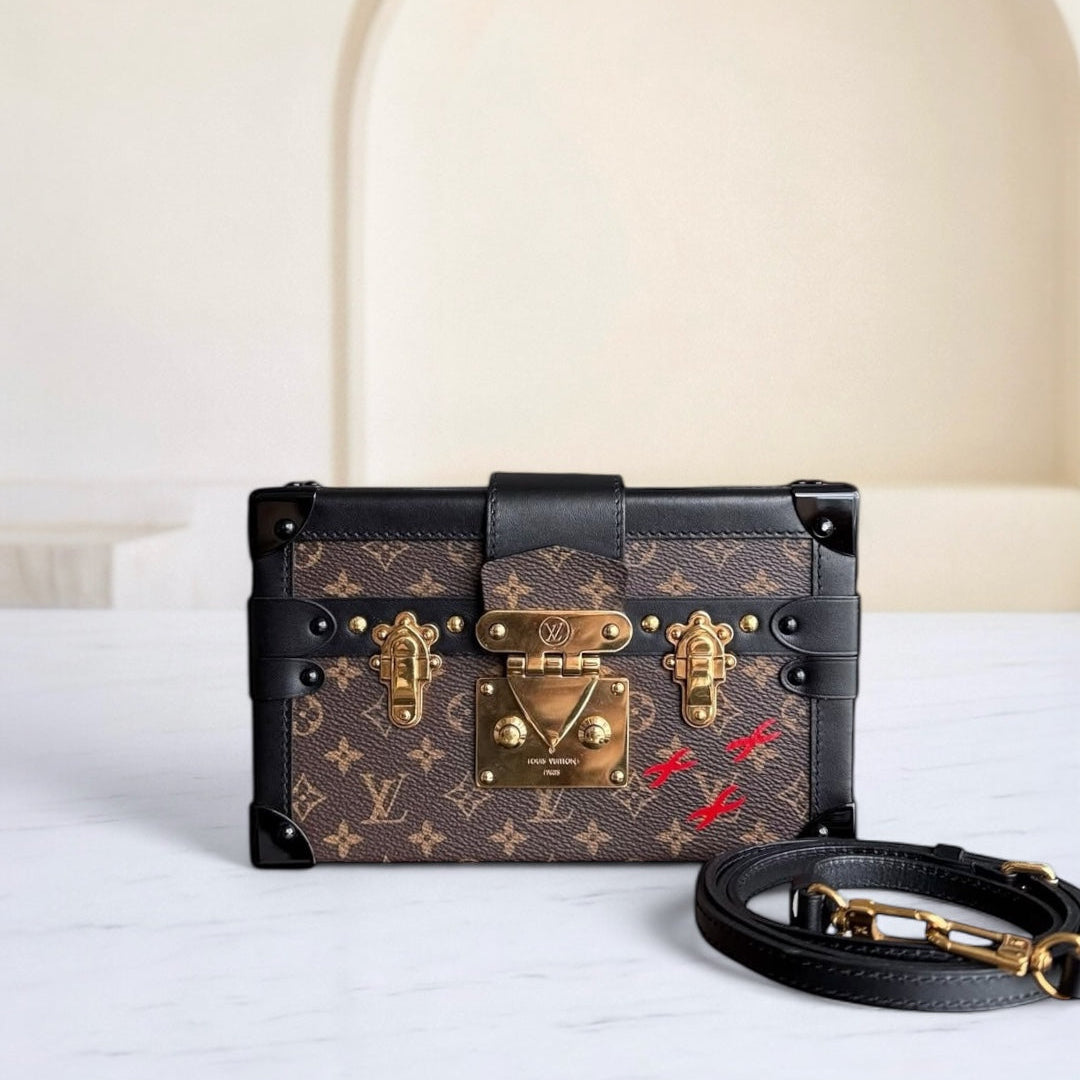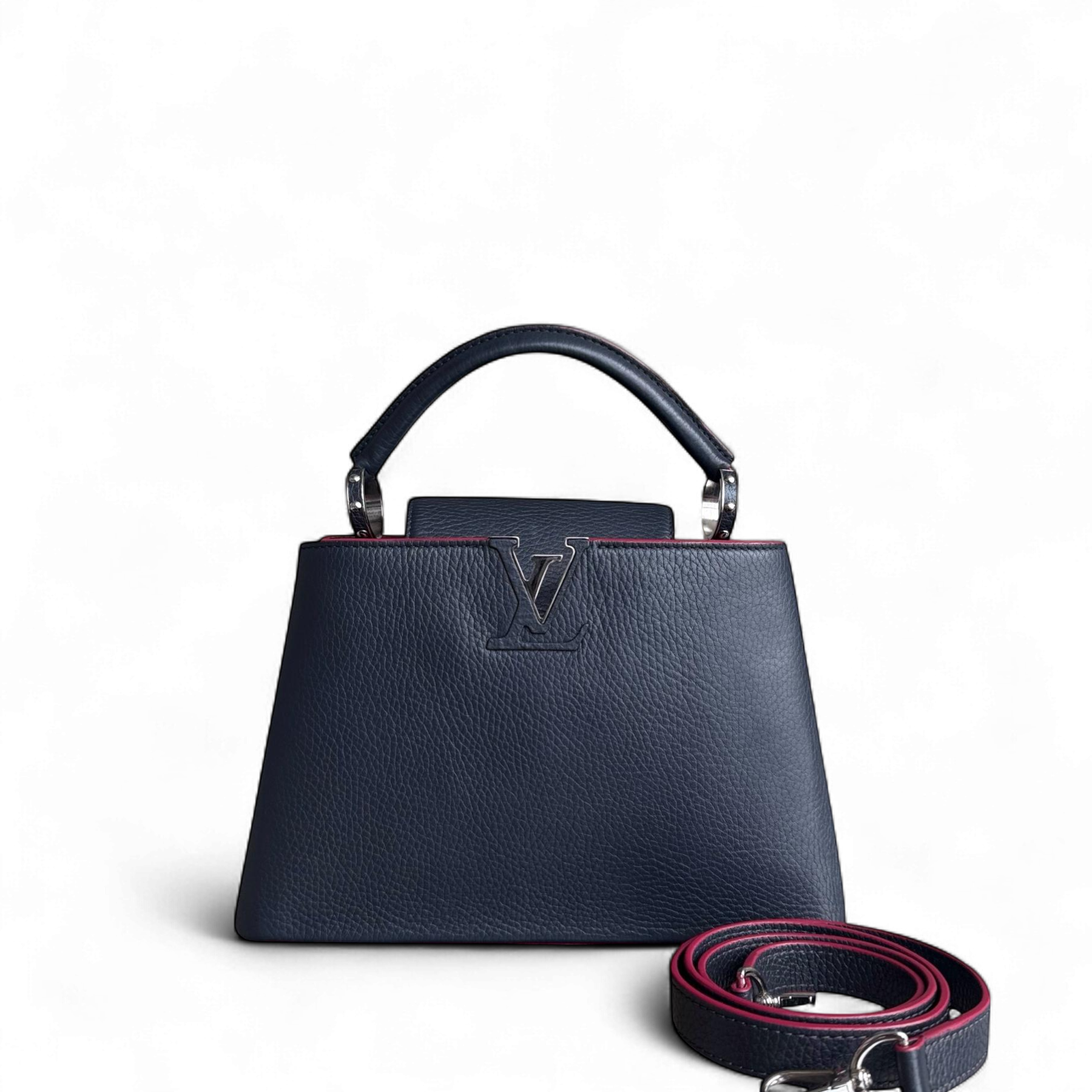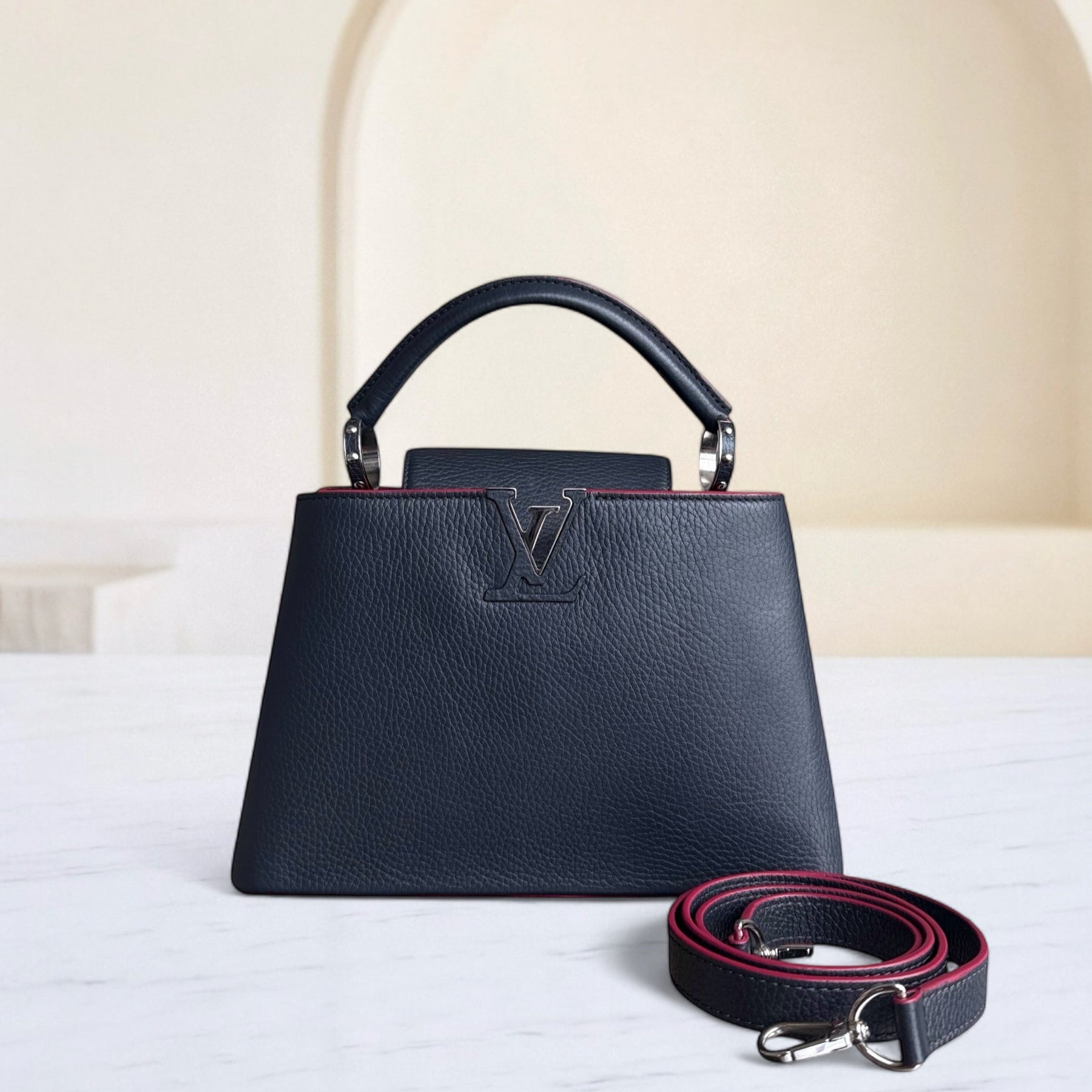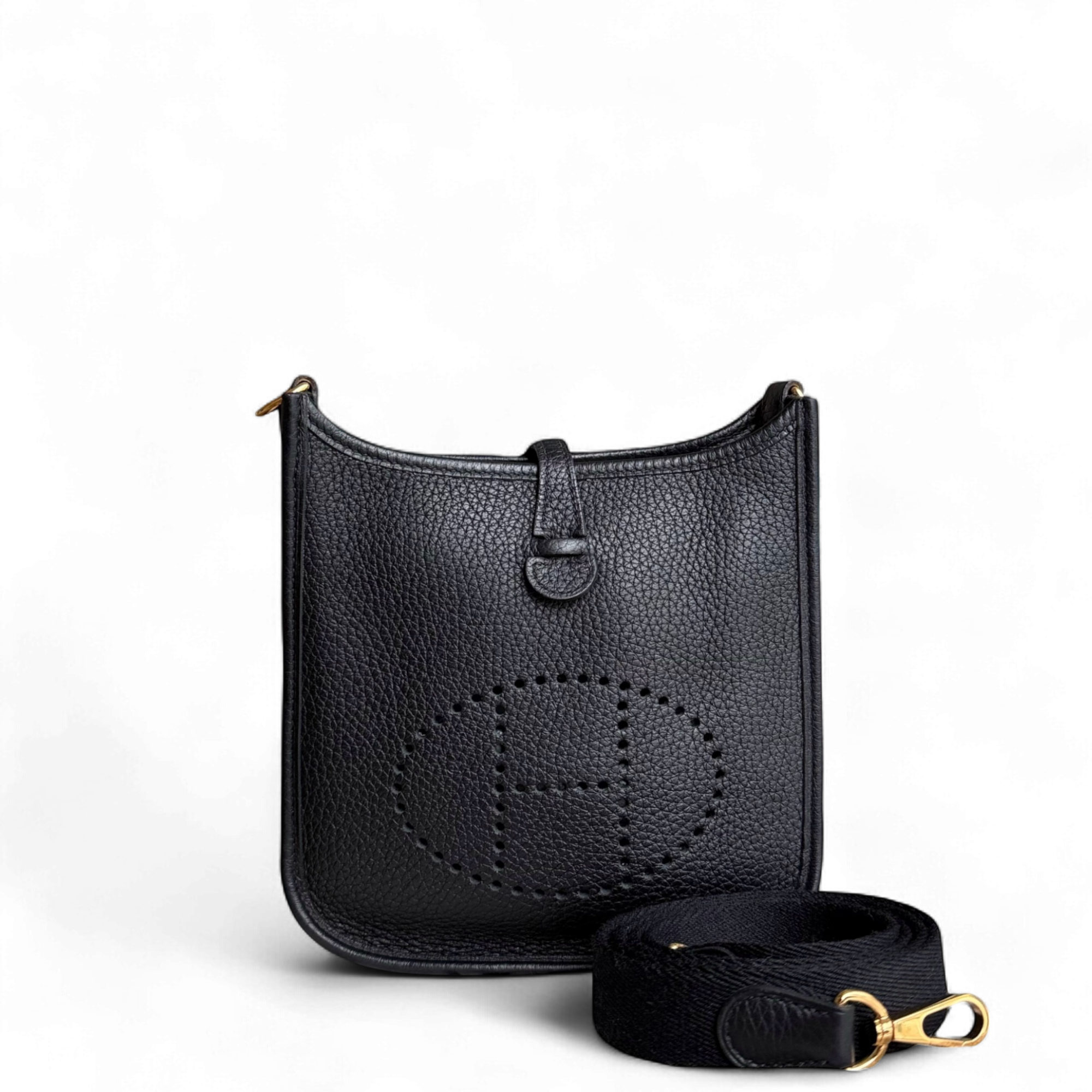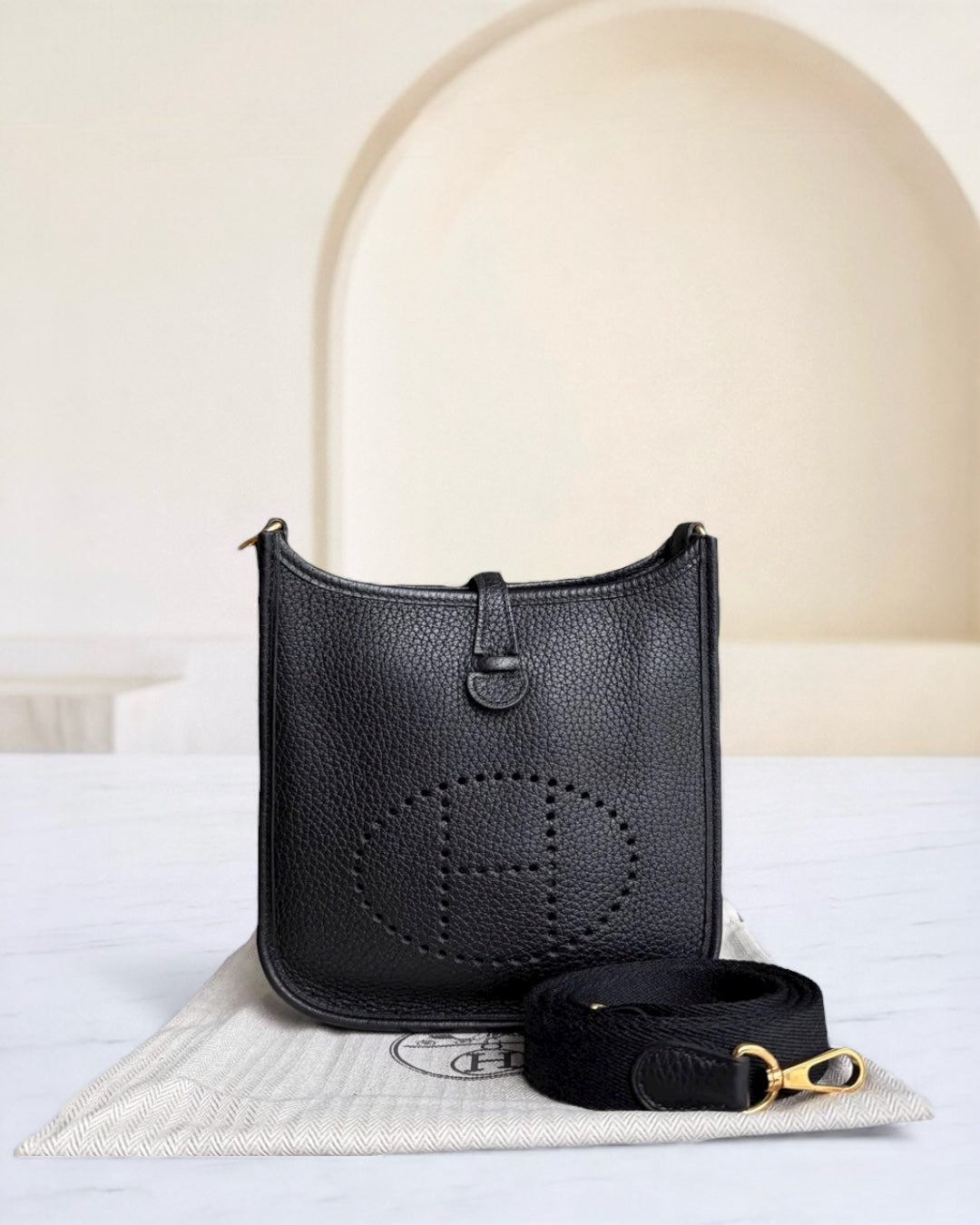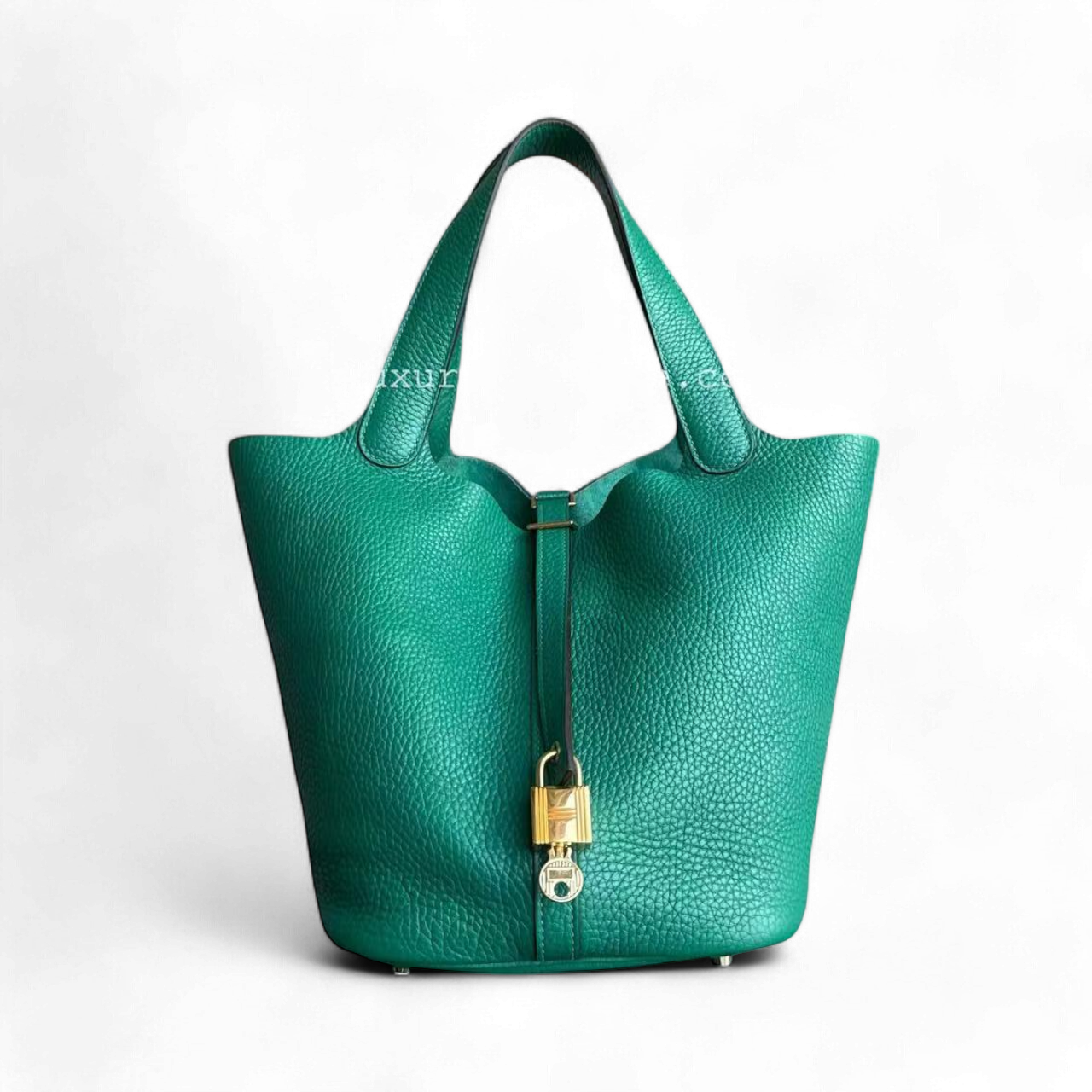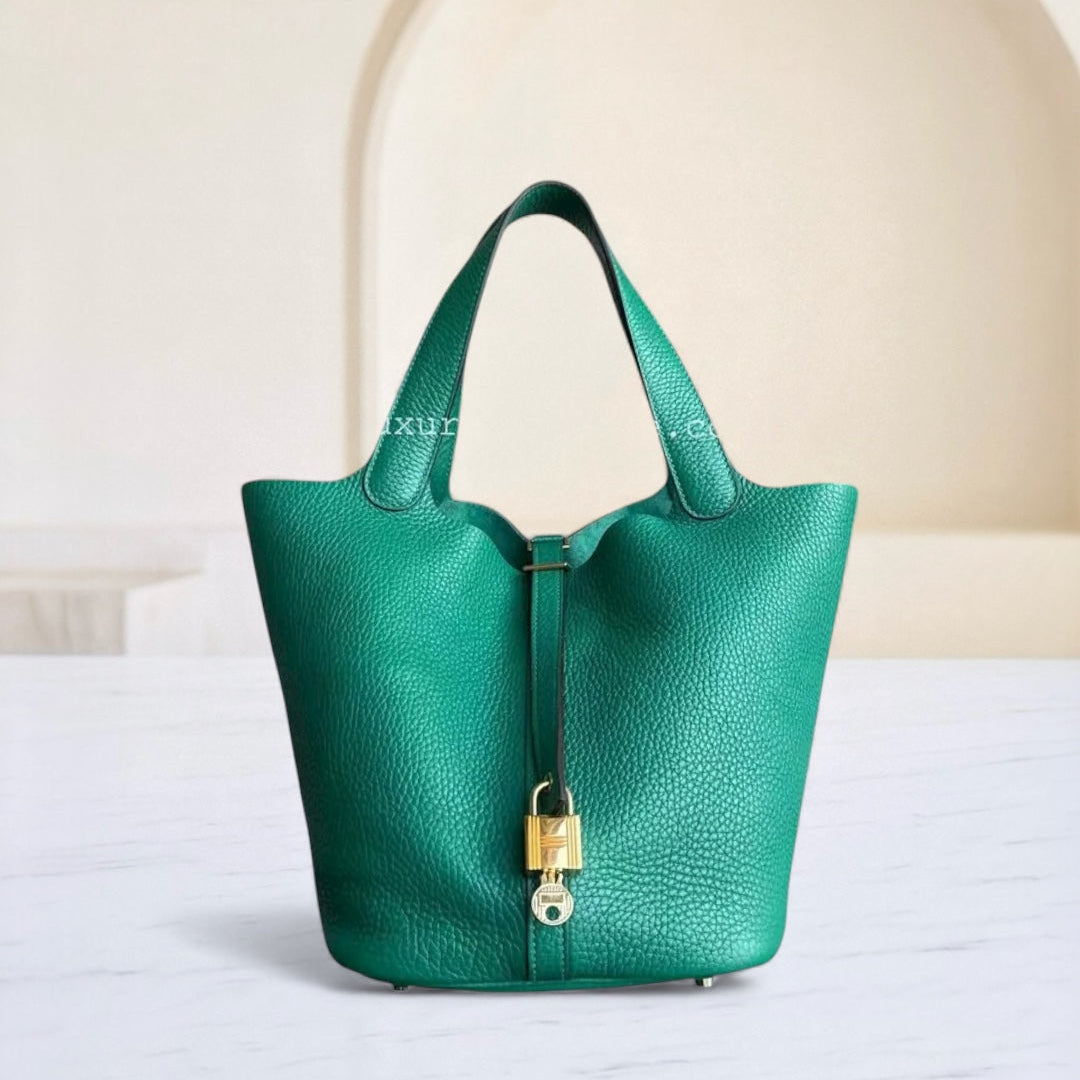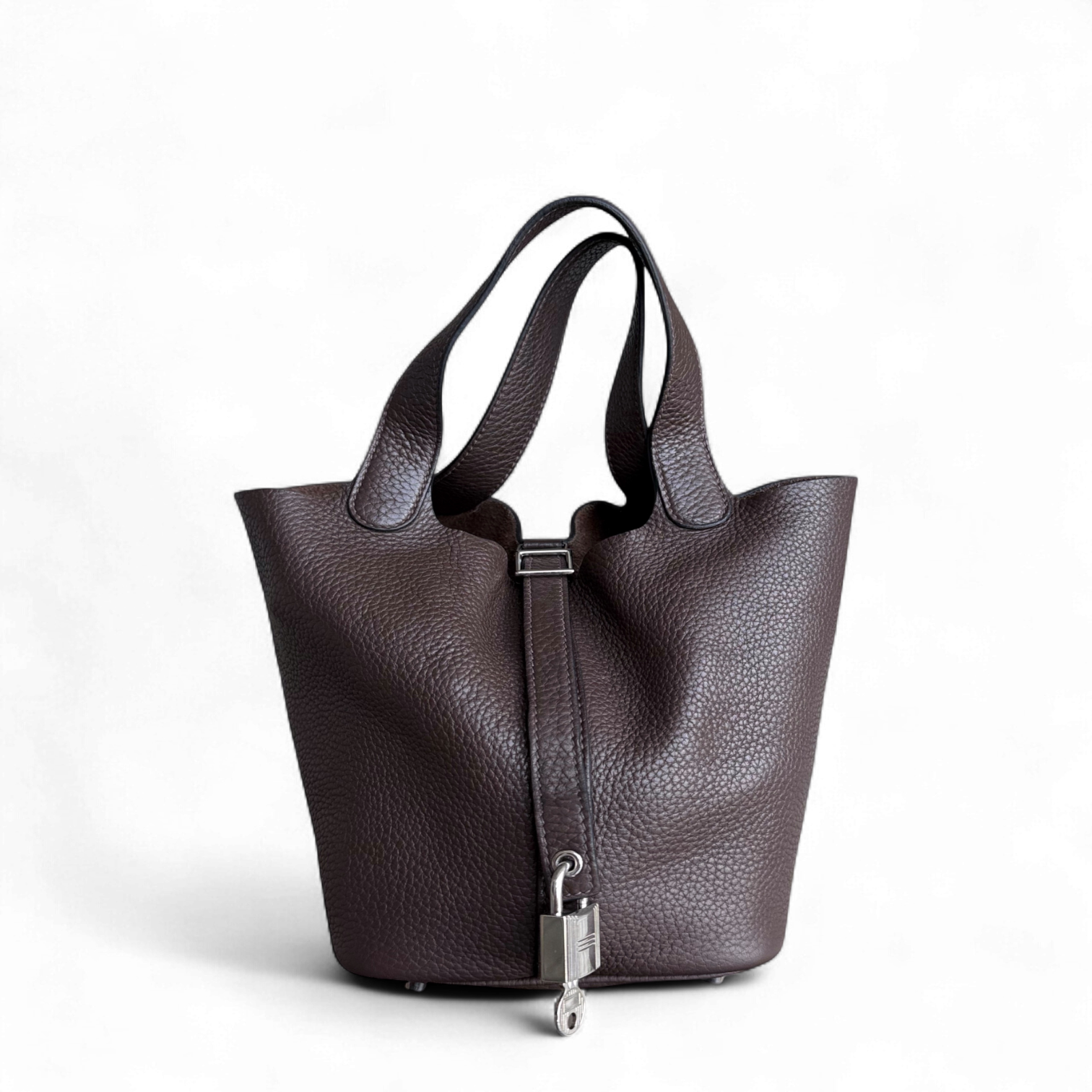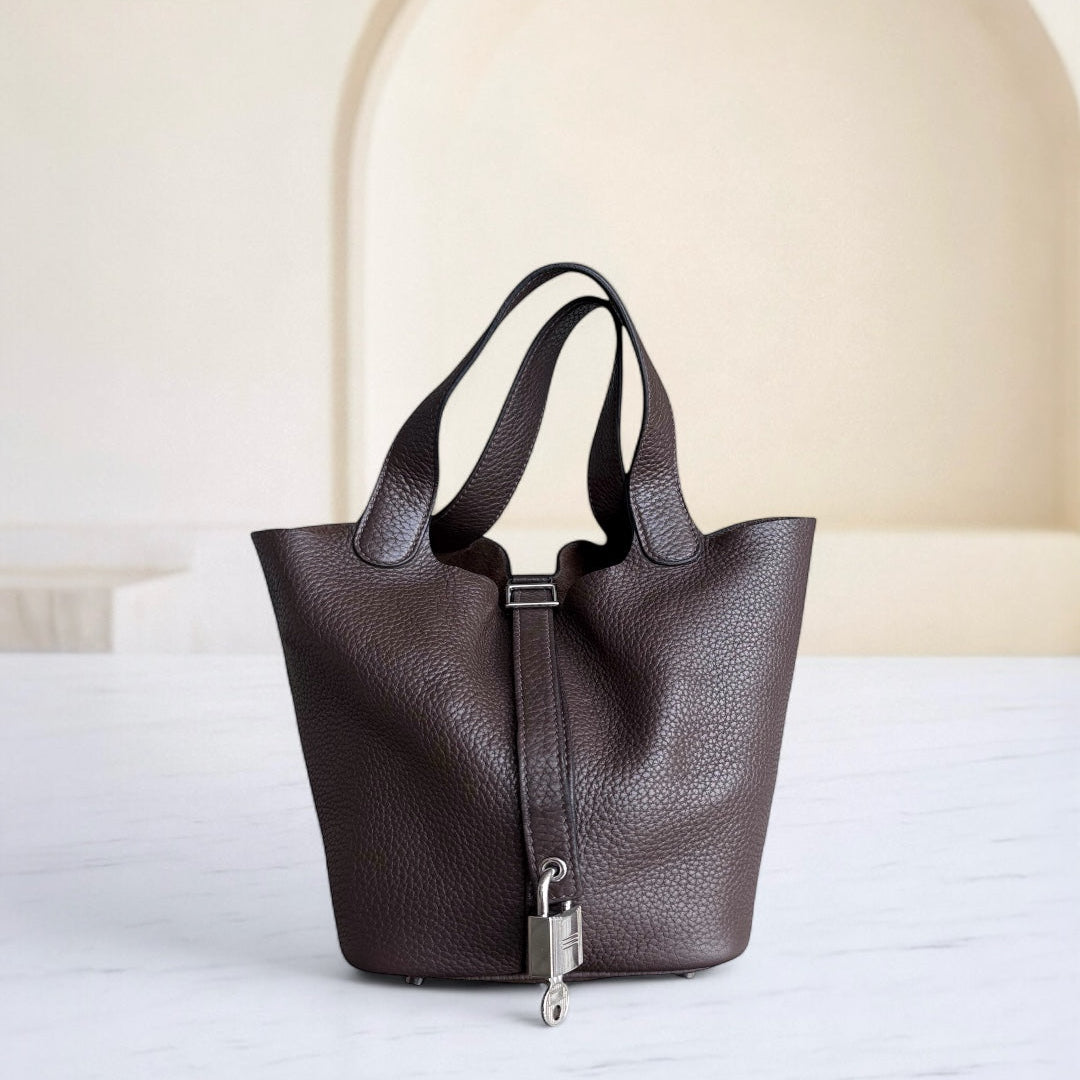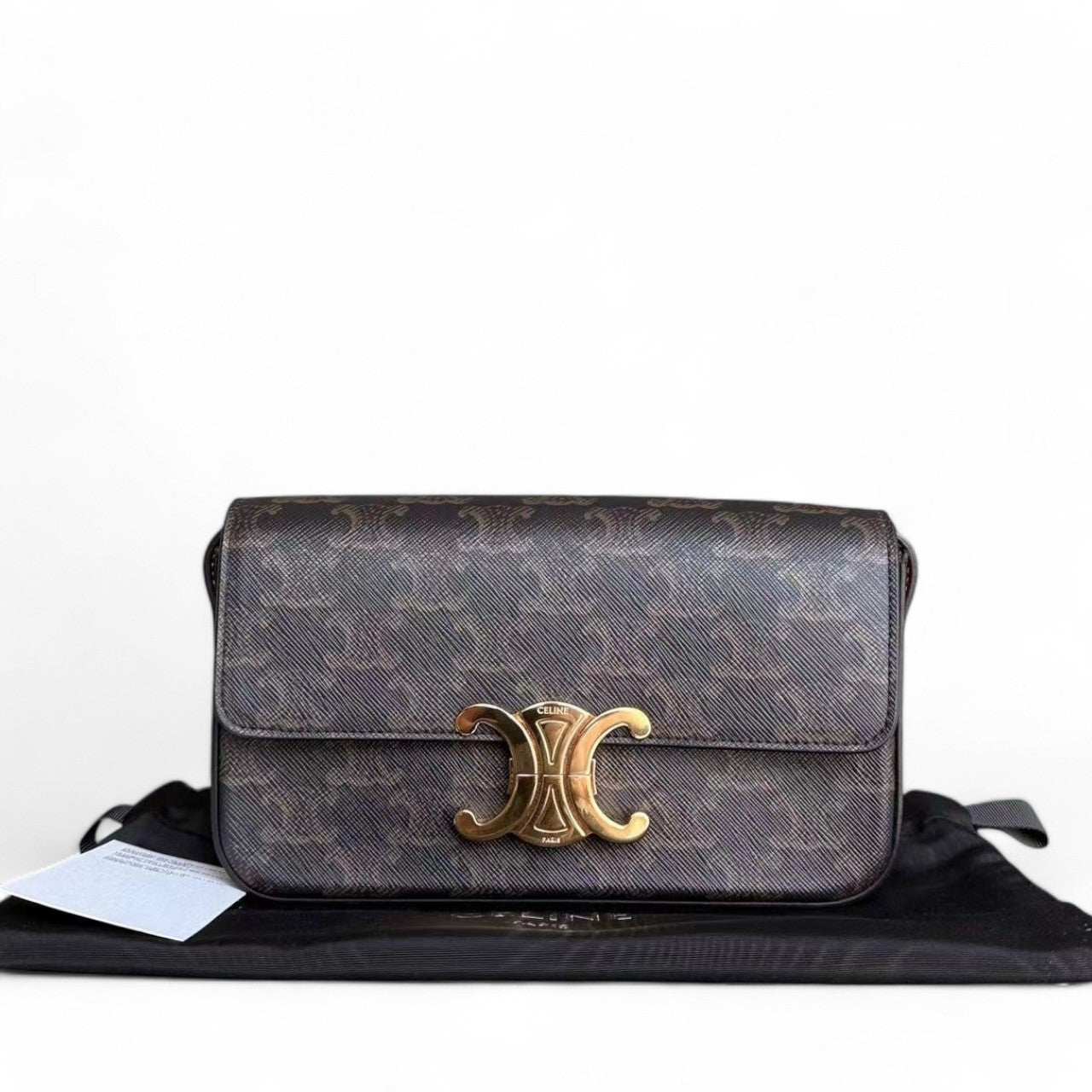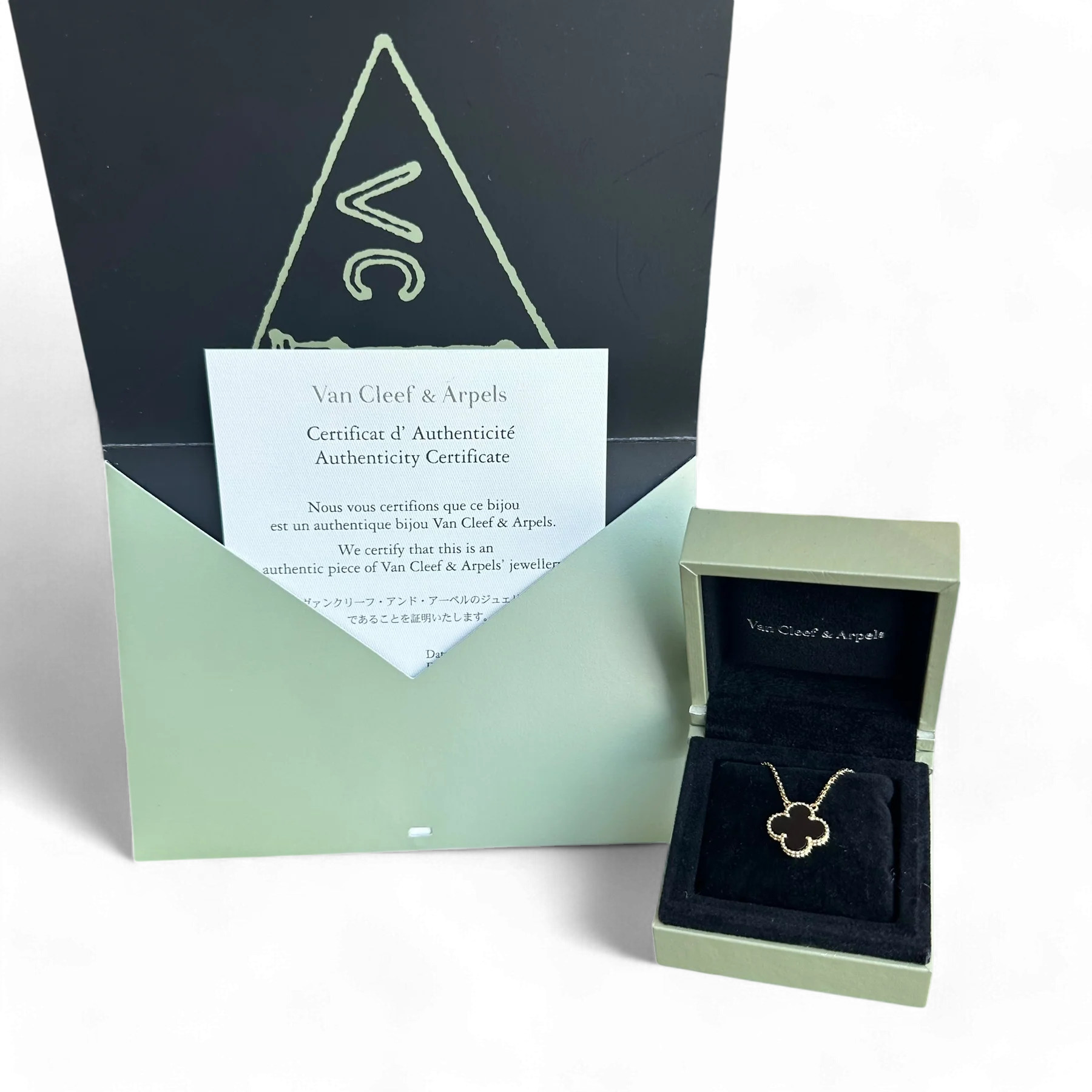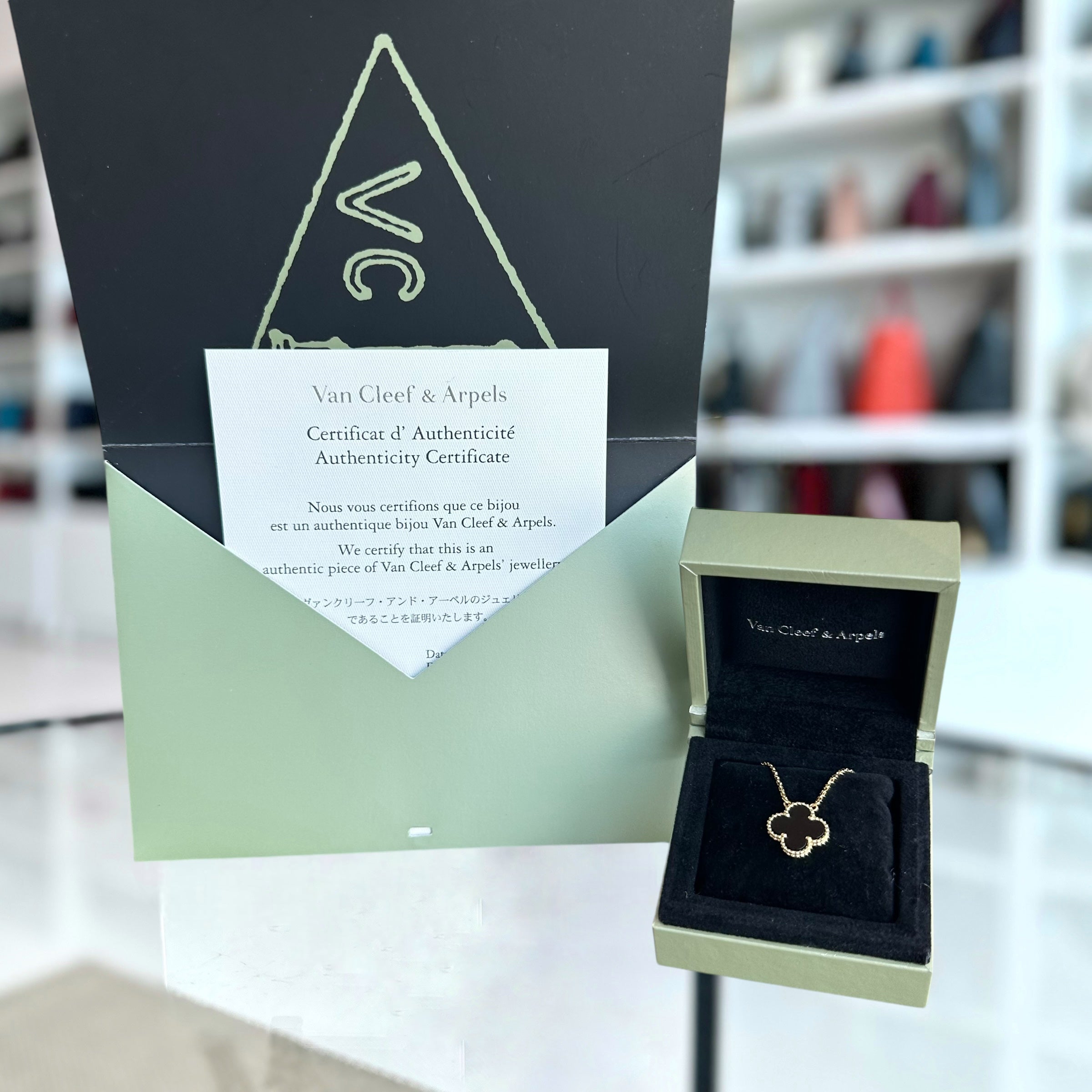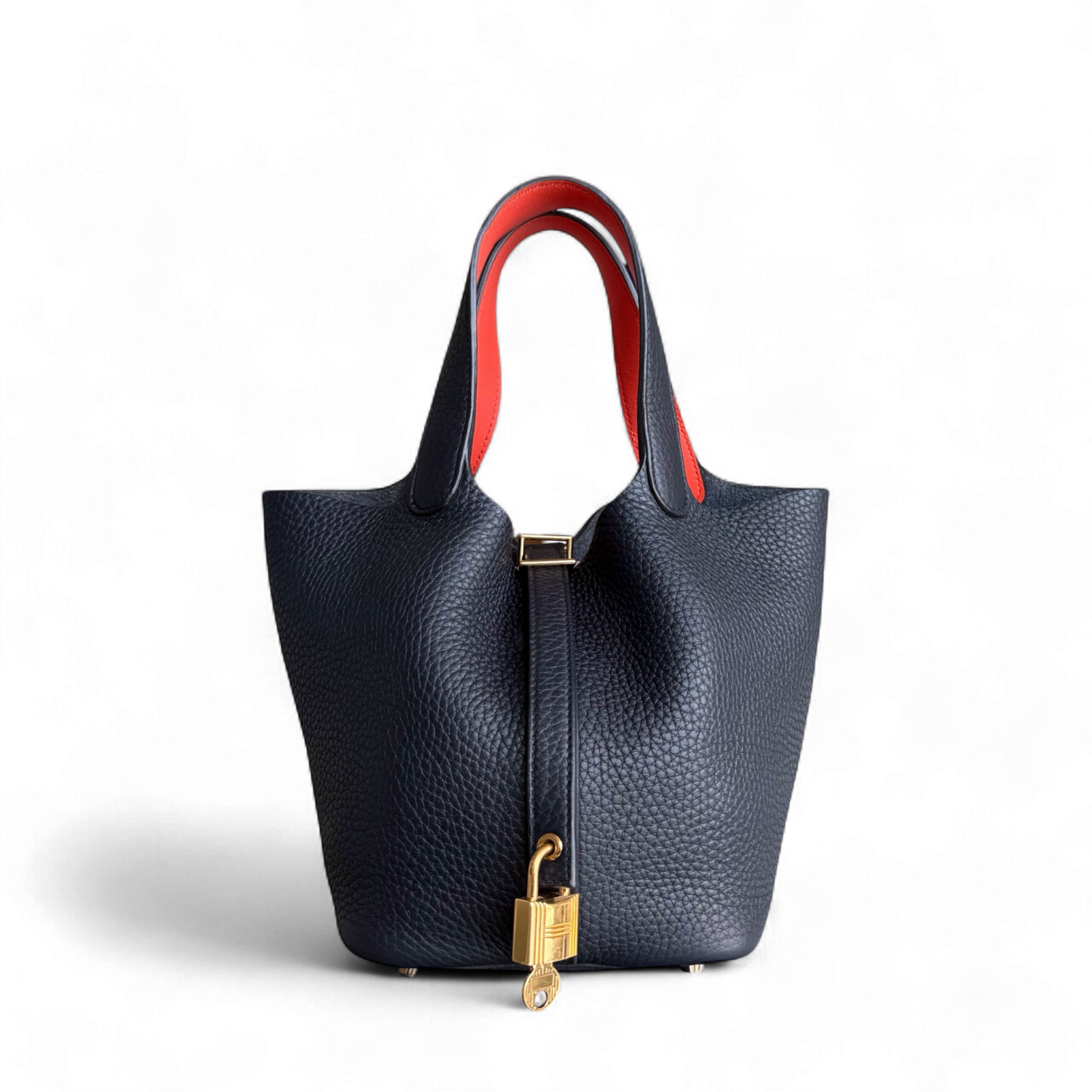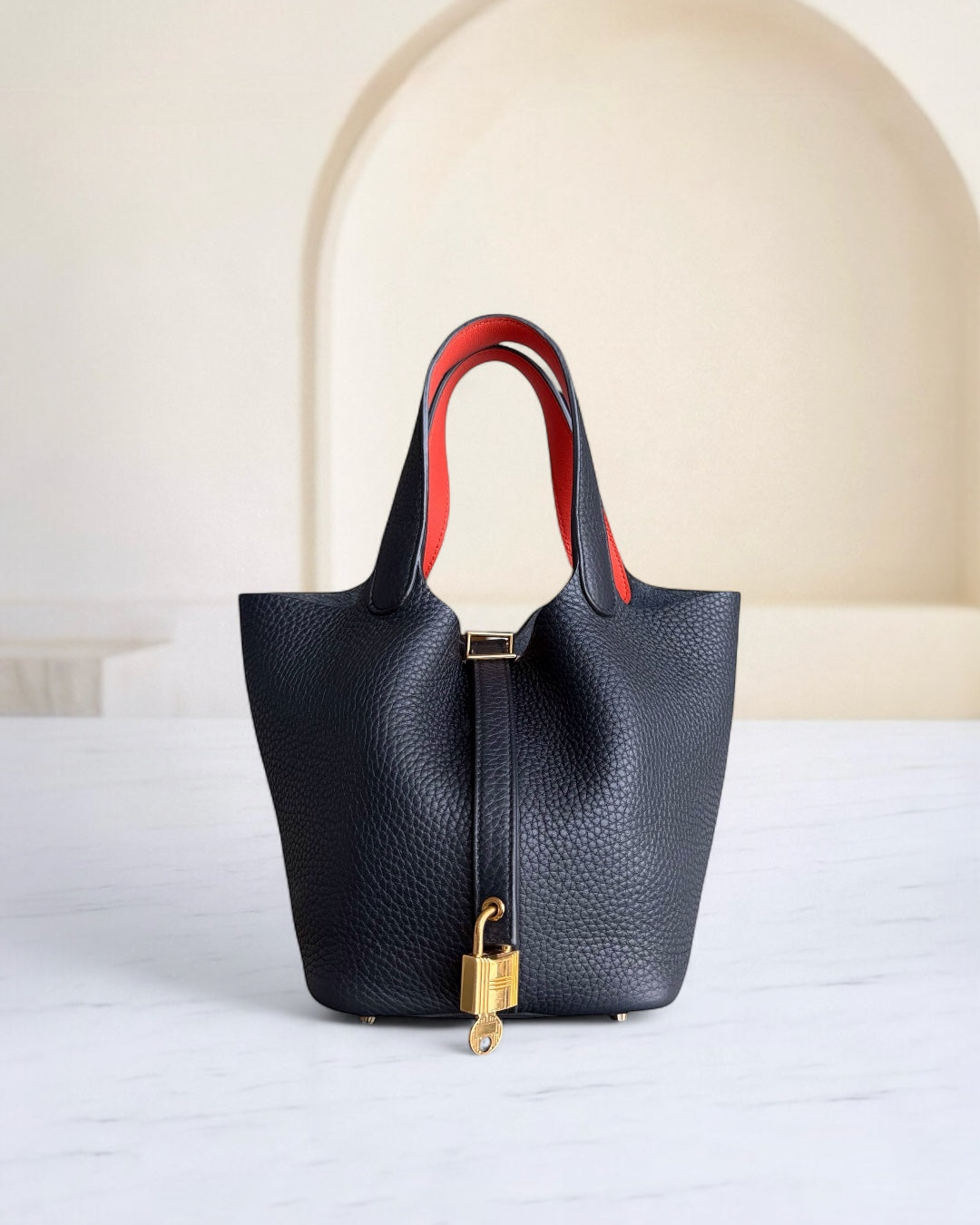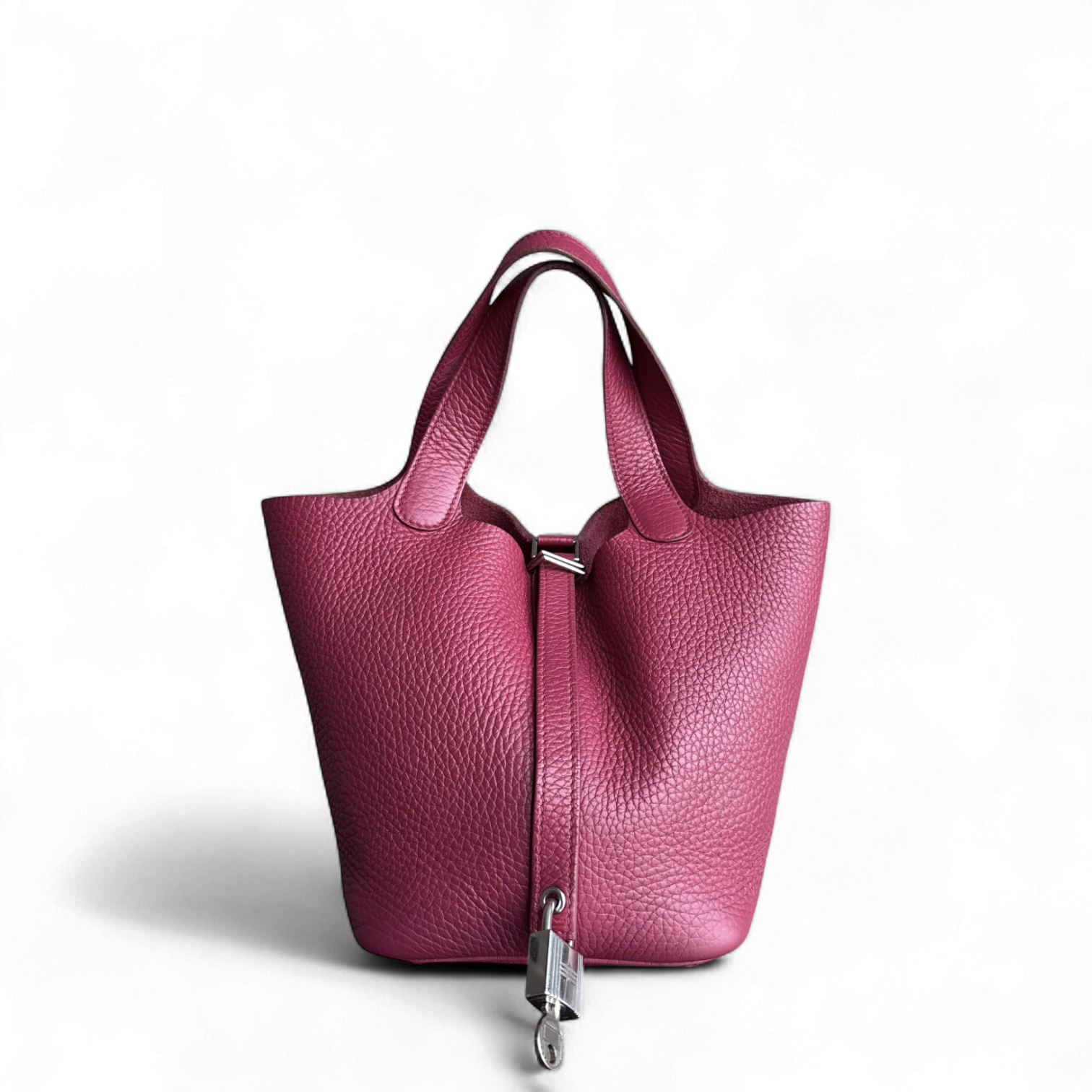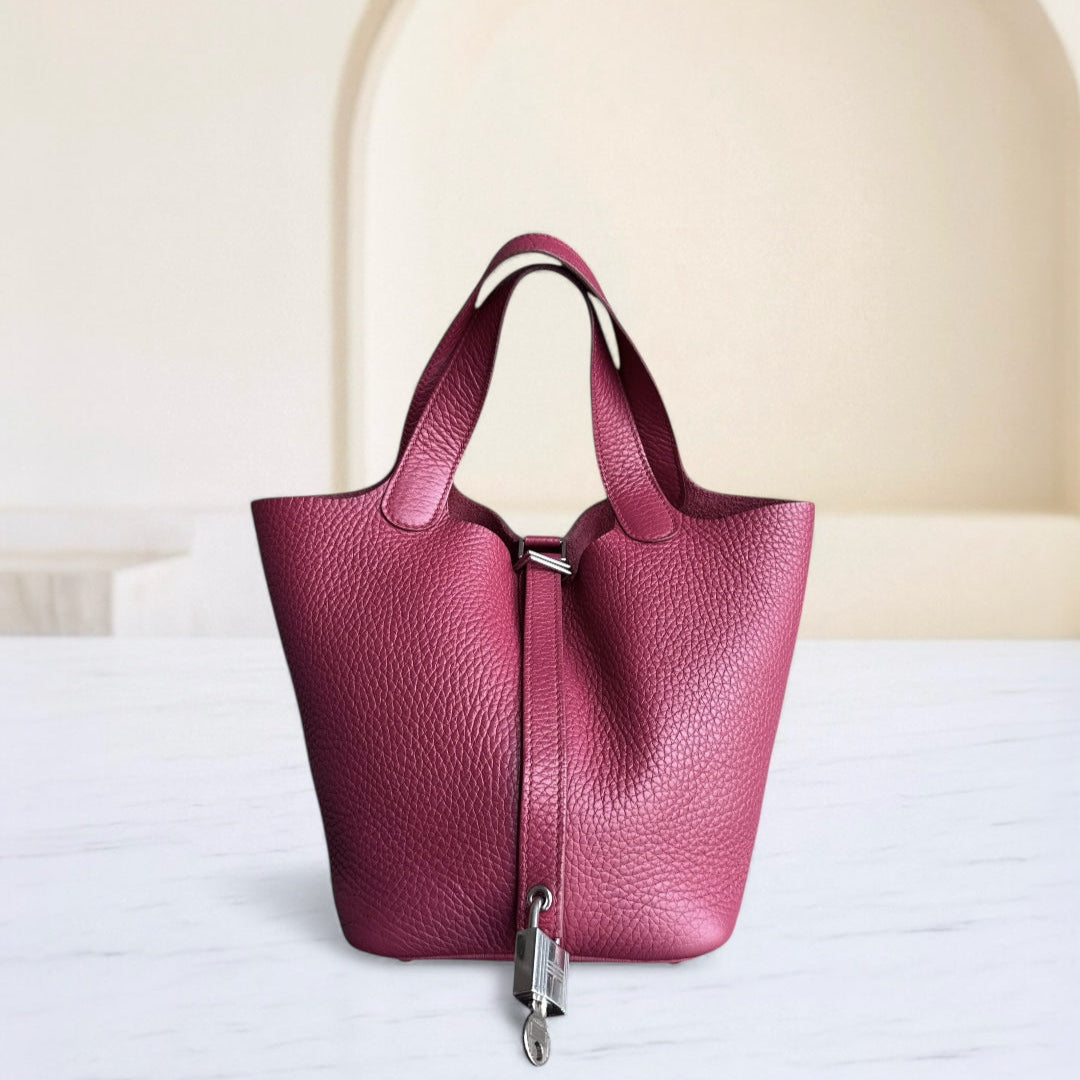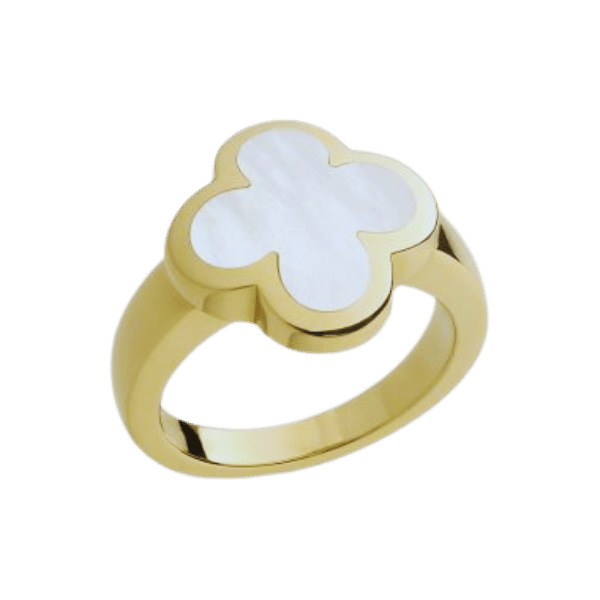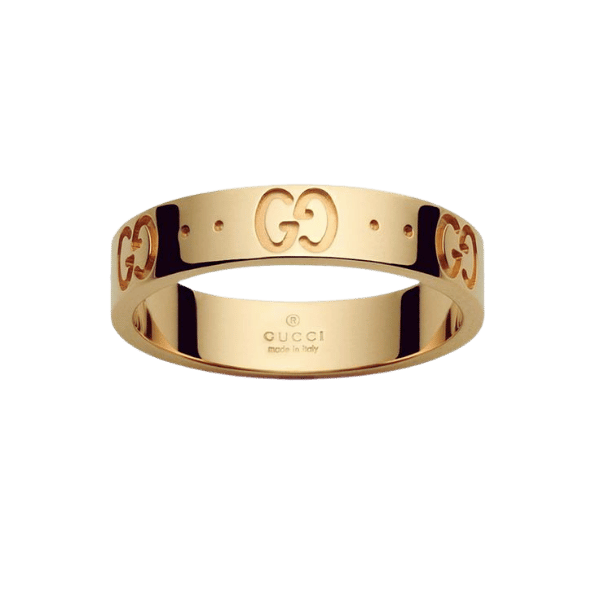The Fascinating History of Chanel: From Coco Chanel to Virginie Viard
Chanel is a legacy that has shaped the fashion world for over a century, significantly surpassing the borders of a mere brand. Chanel’s history is marked by creativity and resilience, beginning with Gabrielle “Coco” Chanel’s imaginative beginnings and continuing with Virginie Viard’s novel designs. This article takes you on an immersive exploration through Chanel’s milestones and the revolutionary ideas that shaped its identity. With exquisite craftsmanship and the ability to transcend the limits of innovation, this fascination will explain how Chanel stands as a symbol of luxury today, regardless of whether you are enticed by the brand’s elegance or its groundbreaking ideas.
Who was Coco Chanel, and How Did She Revolutionize Fashion?

Coco Chanel, born Gabrielle Bonheur Chanel in 1883, was a French Fashionista who changed the fashion world with innovative and modern techniques. Chanel is cited as the first modère that created women's clothing, such as the Chanel suit and the little black dress, both of which liberated women from the shackles of corsetry. Chanel is also known for using utilitarian jersey fabric in her creations, which is said to evoke simplicity, functionality, and elegance. In addition to clothing, Chanel fashion house redefined luxury accessories and fragrances by introducing one of the most prominent perfumes in history, Chanel No. 5. Chanel's work transformed the French women's wardrobe by making it more sophisticated and practical, and this thinking is still the backbone of the couturier today.
What impact did Coco Chanel have on women's fashion?
Coco Chanel remains one of the most eminent fashion designers in the world for her remarkable contribution to changing women's fashion. She was passionate about women’s comfort and replaced the corset with more comfortable fabrics such as jerseys, allowing suits and dresses to flow freely. Her minimalist designs, intertwined with the ‘joined-jacket’ philosophy, created touchstones of modern femininity. She empowered women to remain active and independent, shifting the fashion paradigms. Even today, her impact can be felt on contemporary fashion trends worldwide.
How did Chanel modes redefine style?
Chanel's fashion revolutionized the world of women’s fashion by introducing ease and practicality. Chanel’s sketches discarded needless frills and featured clean cuts and comfortable fabrics like jersey, a material used for men’s underwear, which was unconventional then. She provided women with modern and functional clothing instead of bygone eras' lavish and constrictive fashions. This embraced innovation not only transformed fashion but also aligned with women’s changing societal roles, empowering them to dress freely and with convenience, much like the spirit of Chanel opened.
What were some iconic innovations Chanel introduced?
Chanel launched different innovations that changed the fashion world. One of her greatest innovations was making Chanel No. 5 perfume. She also made jersey fabric popular for women's easy-to-wear clothing. Another fantastic design of hers was the LBD, also known as the little black dress. The LBD became a fundamental part of the wardrobe, representing elegance and modern simplicity. With the tweed suits she made, Chanel also enabled women to look stylish while maintaining practicality. With all these innovations, she considerably changed the face of women’s fashion.
Why is Chanel Perfume Synonymous with Luxury?

How did Chanel No.5 become a symbol of elegance?
Through its unique composition, marketing strategy, and association with elegance, Chanel No.5 has epitomized sophistication since its inception. The fragrance was created in 1921 by perfumer Ernest Beaux and was revolutionary for its use of aldehydes, which gave the fragrance a distinct character. Chanel helped shape the fragrance’s image by promoting it as a scent for the luxurious modern woman. Further cementing its status was the minimalist appeal of its bottle design. Decades of endorsement by countless celebrities and the fragrance's reputation for quality solidified Chanel No.5 as an enduring epitome of refinement and luxury.
What is the history behind Chanel's famous scents?
Chanel’s most notable fragrances, especially Chanel No. 5, stemmed from the desire to create perfumes that showcased modern elegance, capturing the innovative spirit of Chanel poised. Chanel No. 5 was introduced in 1921 and created by the perfumer Ernest Beaux. Unlike the overly floral scents typical of the period, Chanel No. 5 used aldehydes for a fresh, innovative scent, which made it different from other perfumes. Coco Chanel worked hand-in-hand with Beaux on the perfume to ensure it captured her idea of elegance. Following the tremendous success of the first No. 5, Chanel expanded its range of fragrances to include other iconic perfumes, such as Chanel No. 19 and Coco Mademoiselle, which were meticulously crafted to the brand’s luxury and timeless chic standard.
Why is Coco Mademoiselle still a top choice?
Coco Mademoiselle is popular because its intricate composition balances its numerous notes remarkably well. Its fresh citrus top notes and warm, sensual undertones make the perfume suitable for day and night. Consumers are consistently drawn to Coco Mademoiselle due to its enduring popularity, which achieves a fresh yet timeless appeal. In addition, the fragrance’s quality ingredients, alongside its lasting scent, only bolster its appeal.
How Did the Chanel Suit Transform Women's Apparel?

What was revolutionary about the Chanel suit design?
The Chanel suit was revolutionary for women's clothing because it emphasized comfort and practicality. It included previously unused materials such as tweed, a collarless jacket, and a straight-cut skirt, allowing for increased movement and ease. Equipped with an understated design, the suit had sharp tailoring that altered the perception of women's clothing to something functional yet sleek style.
How did Gabrielle Chanel incorporate comfort and style?
Chanel often used light and flexible textiles such as jersey and tweed, allowing her designs to maintain the comfort and practicality required for women to work and move, thus undertaking revolutionary couturier work for her time. She removed discomforting details of garments such as corsets and excessive frills, further enhancing her creations' versatility. The Chanel suit epitomized this philosophy with its tailored yet loose structure, allowing for movement while exuding professionalism and elegance. Chanel did not shy away from practicality and approached her creations, such as the famous quilted handbag with a strap crafted from chains, rendering her creation fashionable and functional. These changes addressed the evolving patterns of women’s lifestyles while also demonstrating a new direction of design thinking that modern and incorporated design philosophy with the demands of modern-day women.
Why is the Chanel logo significant in fashion?
The logo of Chanel, which features two interlocking “C’s,” is one of the most recognizable logos in the fashion industry, and it still represents elegance, luxury, and sophistication. As Coco Chanel designed the logo in 1925, it has become a global icon due to its association with high-quality craftsmanship and innovative design. The cultural significance of the logo marked it as an emblem that focuses on the brand’s legacy of empowering women through modernity and independence. In other words, Chanel, the brand, is consistently at the top of the luxury market; its brand value has soared over 15 billion dollars, reinforcing its position as a leading maison channel. This success shows that the company is valued at 15 billion dollars, meaning it is the world’s number 1 company in the market. With time, the value of the logo will surpass the few decades it has been driving luxury for loyal customers across generations of Chanel-loving consumers. The logo of Chanel doesn’t signify a product; it marks an entire lifestyle.
What Makes Chanel Handbags a Timeless Classic?

When did the iconic Chanel 2.55 handbag debut?
In February 1955, known as 2.55 to reflect its launch month and year, the 2.55 handbag by “Coco” Chanel was released and transformed into a timeless piece. Coco Chanel herself constructed the 2.55, which is renowned for its elegant design, but the features that address the practical needs of working women are what make it revolutionary. The bag could easily be hands-free due to the chain shoulder strap, which was designed for women to aid in having their hands free - a drastic switch from everyday handbags back in that era. Quilted leather inspired by equestrian jackets also sculpted the 2.55 bag. Nowadays, 2.55 vintage models are evermore sought after and have stood the test of time.
How do Chanel fabrics and detailing enhance their allure?
Attention to quality, craftsmanship, and innovation dramatically enhances the appeal of Chanel fabrics and detailing. The brand uses luxurious materials such as tweed, silk, and cashmere, guaranteeing a distinctive texture and refined appearance. Detail is captured in the stitching, where minute embellishments are showcased alongside the interlocking CC logo and the camellia flower, which are part of the brand's heritage. This attention to detail makes the pieces visually appealing, incredibly durable, and desirable, fortifying Chanel's reputation for enduring elegance, much like the legacy of Chanel couture.
What differentiates Chanel handbags from others?
Chanel handbags reflect the premium materials used in their design and the timeless elegance of fashion; in addition to meticulous artistry, Chanel handbags stand as icons in the fashion world. Each bag is handcrafted from high-quality leather and fabrics, which ensures the product's elegance and durability. Signature features such as the interlocking CC logo, chain-link straps, and quilted pattern set Chanel Handbags from the rest. Moreover, the brand focuses on exclusivity by producing limited runs, making each bag unique. The combination of functionality and artistry and the brand itself being a symbol of prestige solidifies why Chanel handbags are considered a figure of luxury enduring sophistication.
How Does the History of Fashion Reflect on Chanel's Evolution?

What role did the House of Chanel play in fashion history?
The Chanel fashion house redefined women’s fashion by combining comfort, style, and modernity for the first time. Founded in 1910 by Gabrielle “Coco” Chanel, the fashion house introduced the famous Chanel suit and the little black dress, now popularly referred to as the contemporary fashion staples. Chanel pioneered changing styles, encouraging women to wear stylish and practical clothing instead of the overly formal dresses they were accustomed to. Moreover, the company’s introduction of perfume No. 5 created a new category of women’s fragrances and established its reputation as a fashion, luxury goods, and perfumes leader.
How has Virginie Viard continued Chanel's legacy?
As artistic director of Chanel, Virginie Viard has remained faithful to the spirit of the Maison channel by upholding the values of elegance, tradition, and innovation that have kept the brand alive. She has introduced modern takes on classic Chanel designs, such as tweed suits and quilted accessories while ensuring that timeless sophistication is always the central building block of the Chanel house. Viard’s balance between heritage and contemporary trends has further solidified Chanel's reputation as a luxury fashion leader, attracting loyal customers and younger consumers.
What are notable Chanel exhibitions at the Metropolitan Museum of Art?
One of the most famous works in collaboration with the Metropolitan Museum of Art is “The Costume Institute's Chanel," an exhibition done in 2005. The exhibition focused on Gabrielle “Coco” Chanel’s life and work and attempted to exhibit her groundbreaking designs from the early 20th century, including those that reshaped women’s fashion. It featured a rich compilation of the quintessential pieces of Chanel's designs, including the tweed suit and the classic black dress, further serving as the standard of modern fashion and style, illustrating her enduring influence on contemporary style. The exhibition emphasized the innovations that Chanel incorporated into their designs and the impacts that her designs had on the fashion world.
Frequently Asked Questions (FAQs)
Q: How did Coco Chanel initiate her steps towards the fashion industry?
A: Coco Chanel started her career in fashion by launching a hat design business in Paris in 1910. This was part of her vision to design sophisticated outfits for women, which later became the foundation of the la Maison channel. This was the first Chanel boutique, where she pioneered vogue materials and designs to elevate the brand, which was destined to be something greater than just a name.
Q: What significance does Hans Günther von Dincklage bear to Coco Chanel?
A: Hans Günther von Dincklage was a German officer and intelligence agent with whom Coco Chanel had a close relationship during World War II. Many historians suggest that this specific bond opened up several pathways for the allegations Chanel faced regarding her actions during the war.
Q: What is the reason behind the status of Chanel No. 5 as one of the most well-known perfumes?
A: Chanel No. 5, released in 1921, became legendary and revered as the first perfume to combine the creamy softness of floral notes alongside sharp aldehydes, which distinguished it from any other fragrance. Coco Chanel contracted the services of renowned perfume creator Ernest Beaux, commissioning him to capture the inescapably elegant and timeless essences of modern feminine charm. One of the first perfumes to bear a designer’s signature, it was the first to link to the Chanel brand tangibly.
Q: What changes did Karl Lagerfeld bring to the House of Chanel?
A: In 1983, Karl Lagerfeld took over Chanel and revitalized the company by modernizing its classic style and expanding into new markets and product lines. He ensured that Chanel participated in contemporary fashion by reinterpreting artwork, the iconic Chanel suit, and other timeless pieces.
Q: When did Virginie Viard take over as the creative director of Chanel?
A: Mrs. Virginie Viard became the creative director of Chanel in 2019 after the death of Karl Lagerfeld. Having worked with Lagerfeld for over thirty years, he left the directorial position knowing that his successor would continue his legacy by having a campaign for innovation while keeping the essence of Chanel.
Q: Why was Chanel accused of Nazi collaboration during World War II?
A: Chanel was accused of Nazi collaboration mainly because of her romance with Hans Günther von Dincklage, which was coupled with her efforts to gain control of Parfums Chanel during the period when France was occupied. This speculative narrative caught fire during the war and brought a lot of political controversy.
Q: What importance does the Chanel suit have in the history of fashion?
A: Coco Chanel’s designs in the 1920s are attributed to creating the Chanel suit, which transformed the fashion world for women by offering a stylish and adequate replacement for uncomfortable clothing of that time. Due to its simplistic beauty and practical nature, the suit became an international emblem of modern sophistication for women; it was widely imitated by many designers, permanently added to the Chanel brand, and furthered its popularity.
Q: What factors in Coco Chanel’s early life shaped her fashion creations?
A: 1883 saw Coco Chanel being born into an economically miserable family. Initially, her life was spent in an orphanage where Chanel took up the art of sewing and other needlework. These hardships Chanel went through in her life propelled her to adopt a minimalist, innovative design approach focused on practicality and a refined sense of style.
Q: How did the brand change after Coco's death?
A: Chanel's death in 1971 made it difficult for the brand to maintain relevance and appeal in the market. Despite these challenges, the House of Chanel continued to prosper by appointing Karl Lagerfeld as the creative head, along with others who deepened the brand’s influence and solidified its position as a pillar of fashion house luxury worldwide.
Reference Sources
1. “ON THE HISTORY OF A CONFLICT: THE PSYCHOLOGICAL REASONS FOR THE CONFRONTATION BETWEEN COCO CHANEL AND ELSA SCHIAPARELLI”
- Author: E. Iakovleva
- Publication Date: May 30, 2021
- Summary: The research looks at the psychological aspects of the rivalry that greatly damaged Chanel and Schiaparelli as they attempted to dominate the fashion world. It analyzes the differences in their approaches and styles and how their intertwining disputes affected their legacies.
- Methodology: The author uses qualitative analysis of historiographical literature and fashion reviews to explore the reasons and consequences of their confrontations concerning the fashion industry (Iakovleva, 2021).
2. "The Effect of Chanel Brand Heritage on Trust and Loyalty of Female Luxury Consumers in China"
- Author: Weng Xin
- Expected Publication Date: December 26, 2024 (Prospective)
- Summary: This investigation analyzes the trust and loyalty impacts of Chanel's brand heritage on the targeted segment of Chinese women in the luxury brand industry. Moreover, it analyzes the critical role of brand heritage regarding consumer perception of luxury value and loyalty.
- Methodology: The study employs a convergent parallel design integrating quantitative and qualitative research methods. It administers surveys and conducts interviews to assess consumer perceptions of Chanel's brand heritage and its bearing on prospective purchases (Weng, 2024).
3. “Examine the Cultural Value and Marketing Approach of Luxury Brands with Chanel as a Case Study.”
- Author: Yiran Liu
- Publication Date: November 20, 2023
- Summary: This paper explores Chanel’s marketing strategies and cultural value, focusing on how the brand’s heritage is closely linked to its consumer offerings. It also considers the importance of Chanel No. 5 as a cultural landmark and its impact on brand image.
- Methodology: This study is based on Chanel's marketing strategy, which focuses on the consumer segments critiqued through demographic analysis and opinion polls. It also involves placing participants into case studies observing Chanel’s marketing campaigns(Liu, 2023).
Contact Luxury Evermore should you need help with acquiring or building up your collection. There is a variety of brands with different styles, as well as sizes, and colors, for example, Hermes, Chanel, lv and Dior. If you are not lucky enough to find the bag you are looking for on our website then our concierge team will probably be able to order it for you. We provide 100% authenticity guarantee for all our bags, and any item sold on this site will be dispatched to you within one to two business days upon receipt of the payment.




